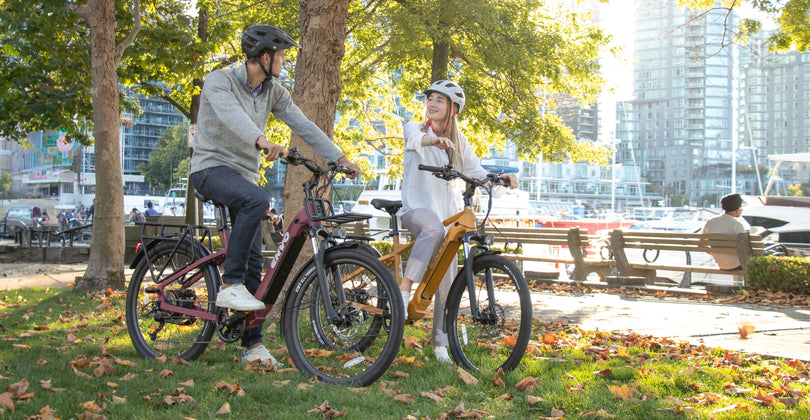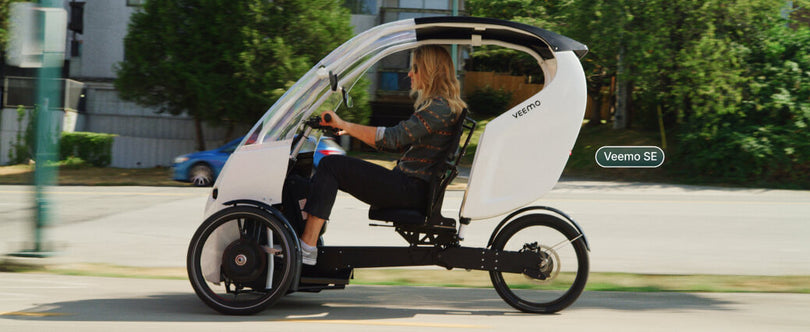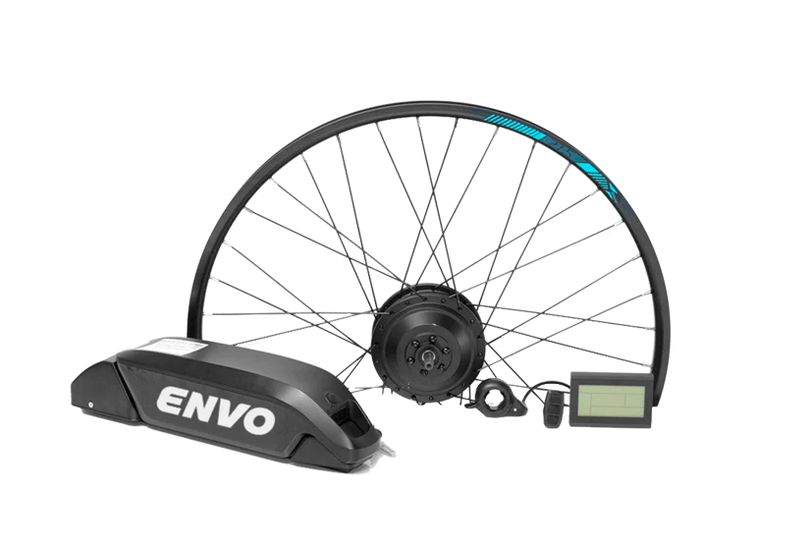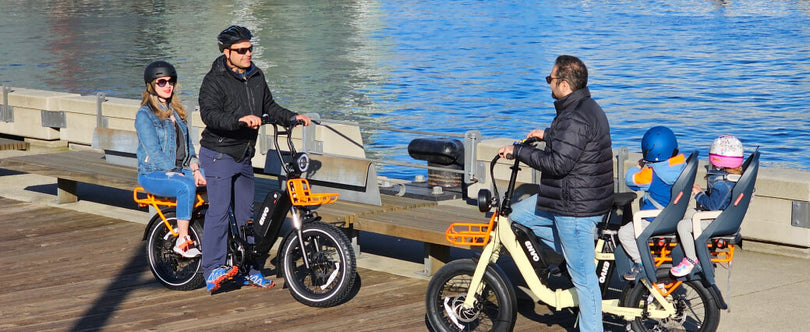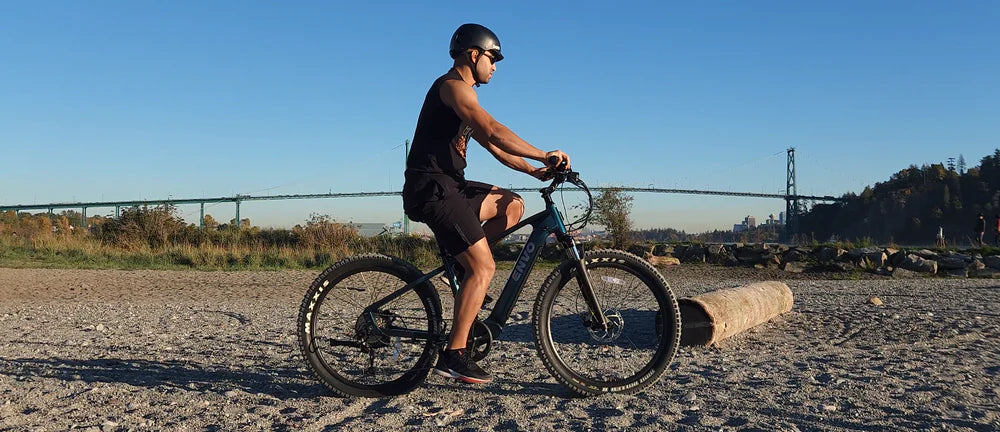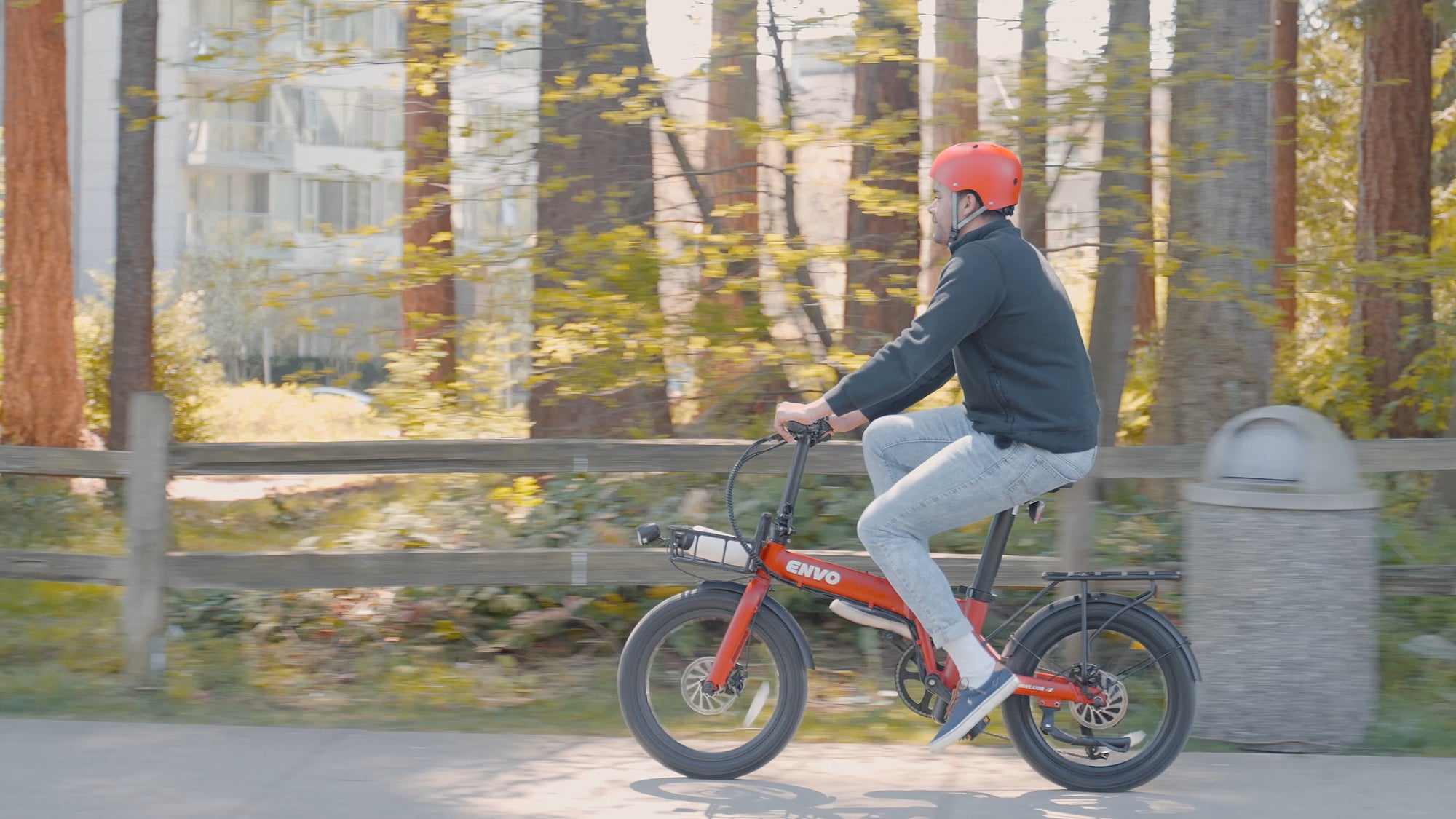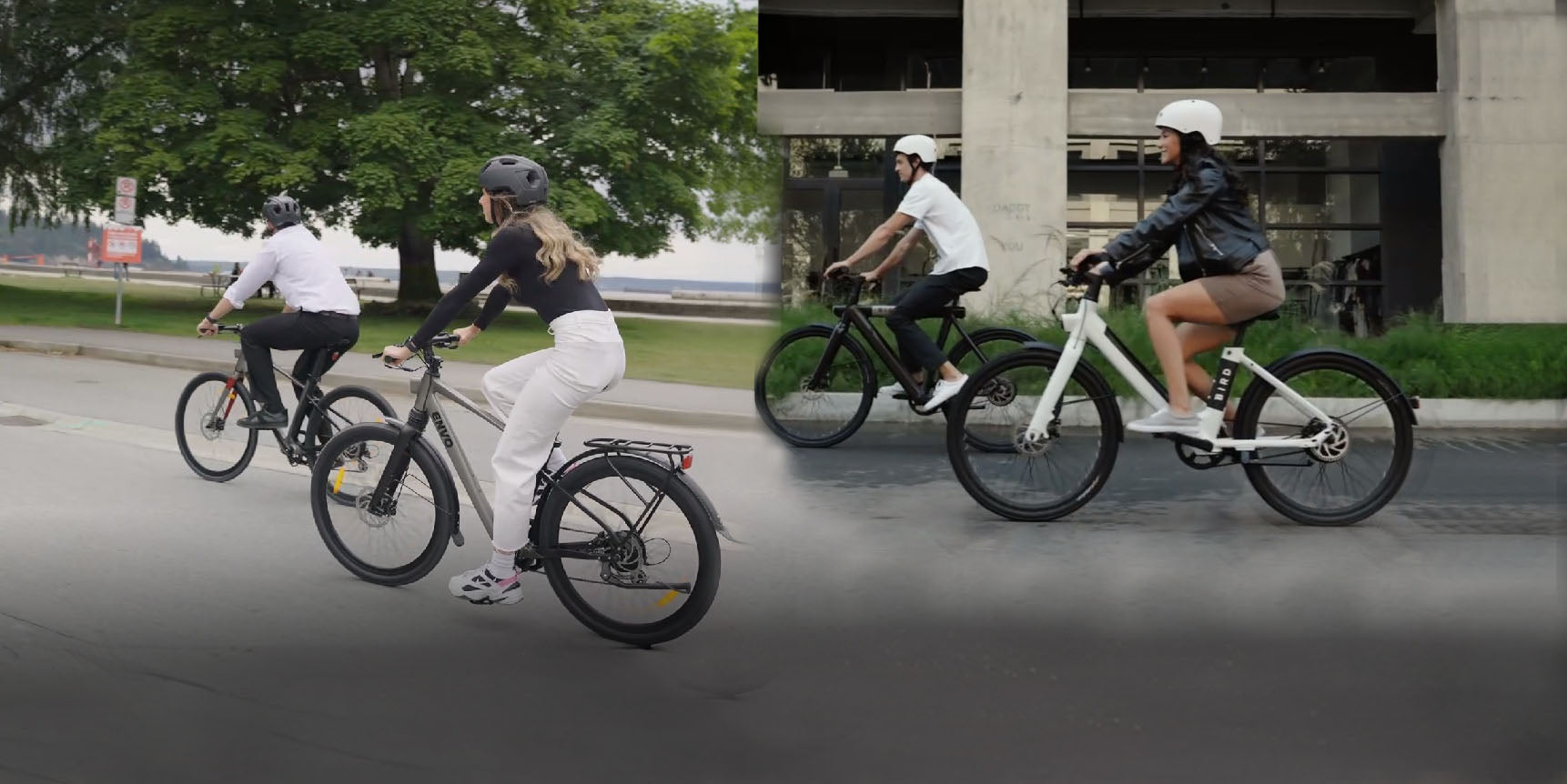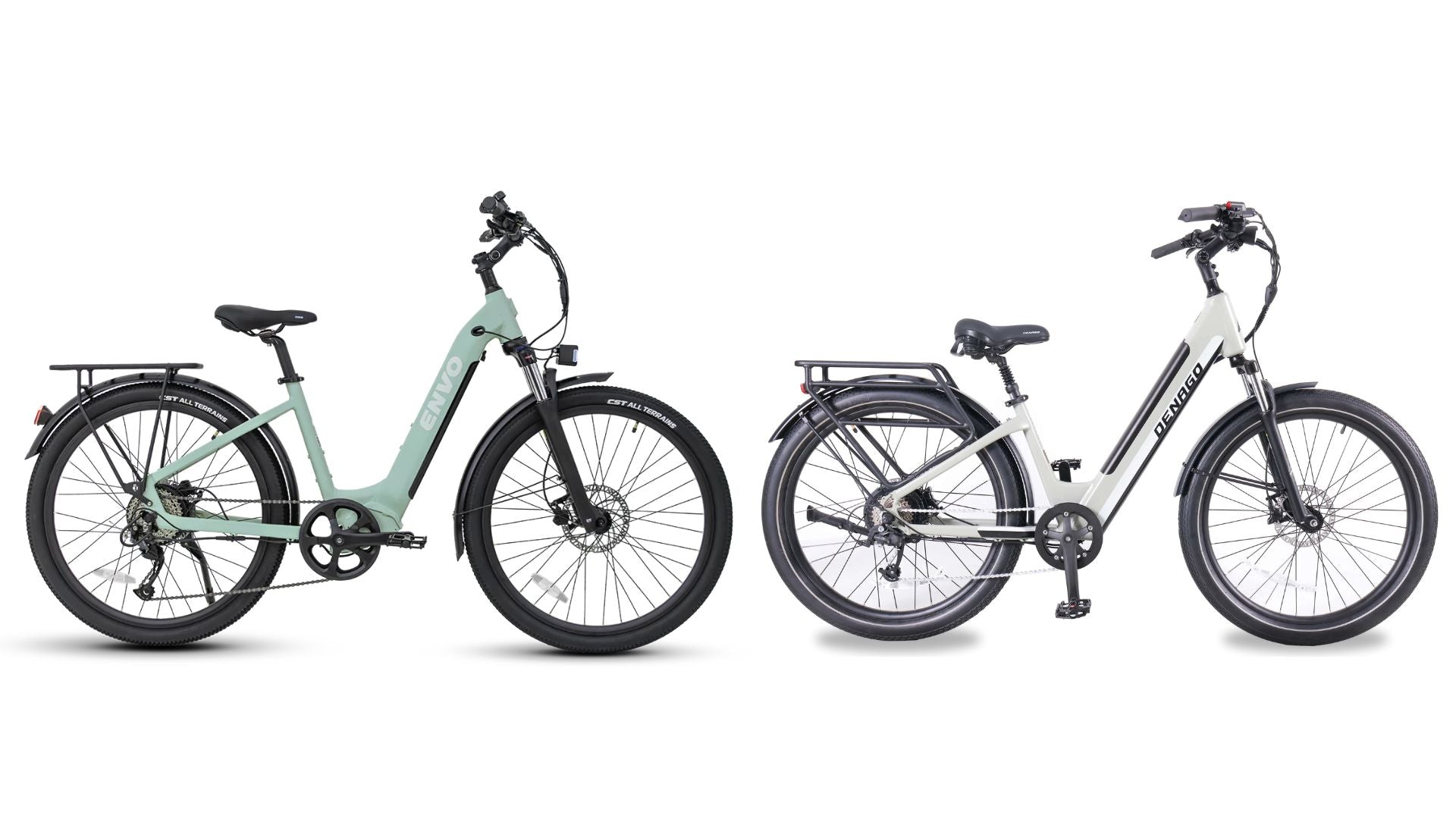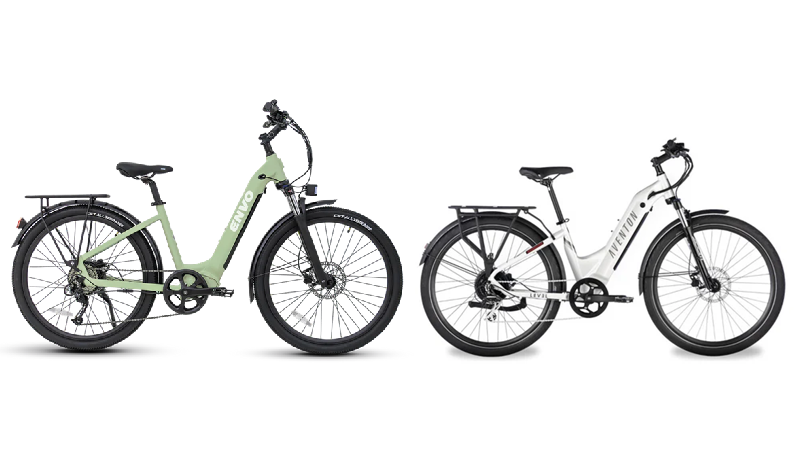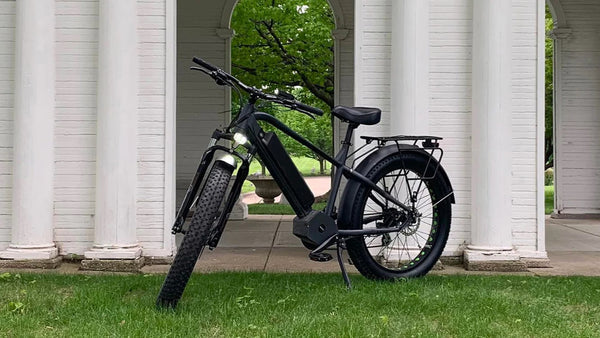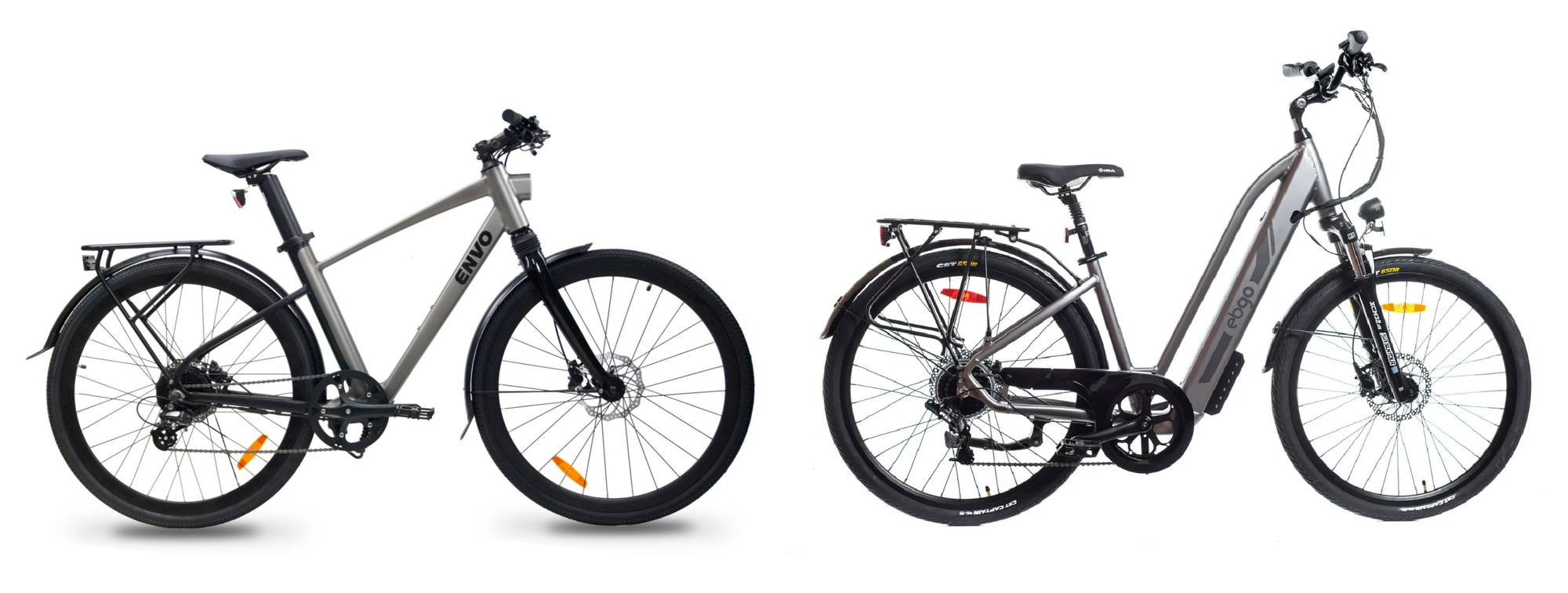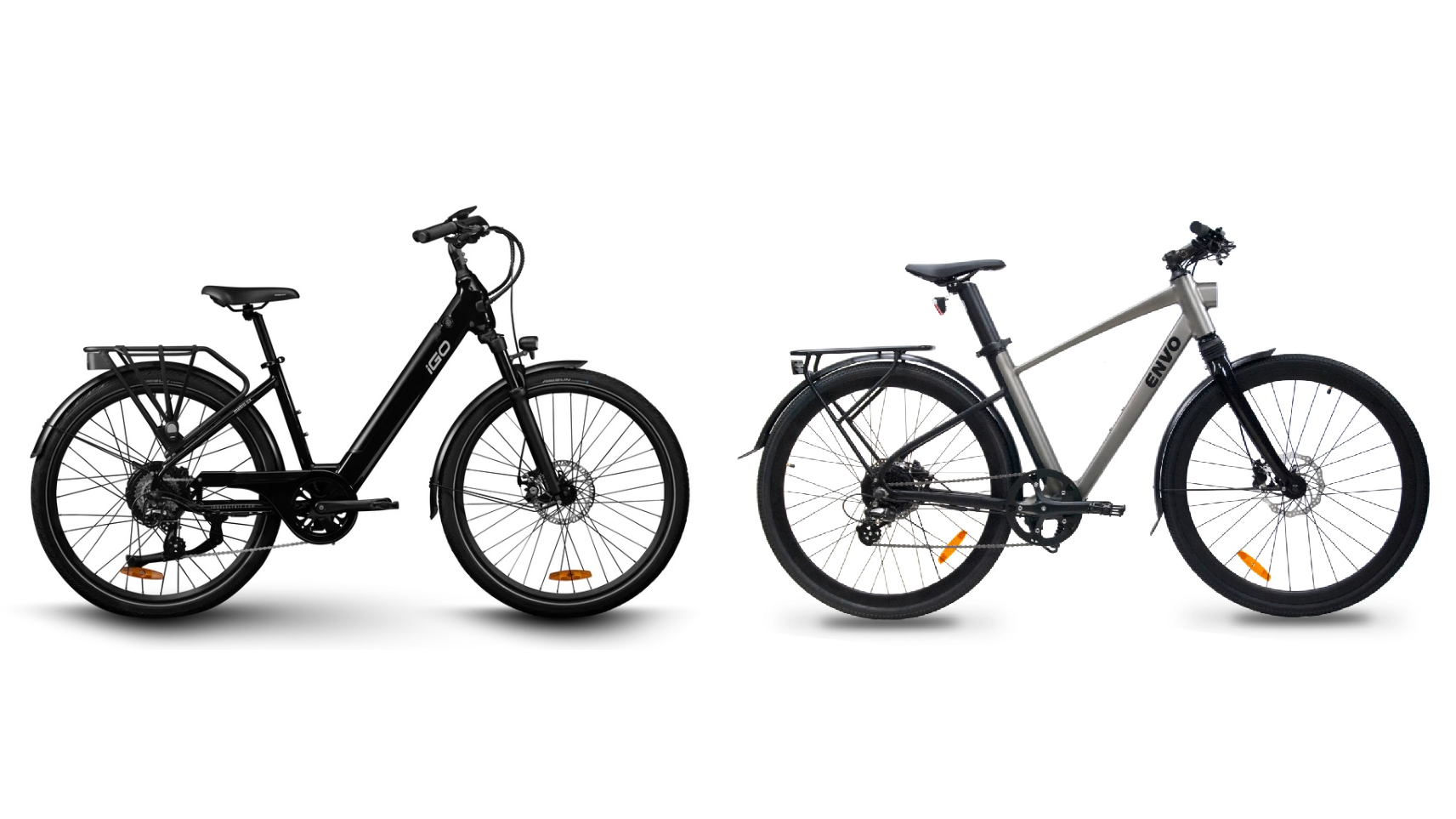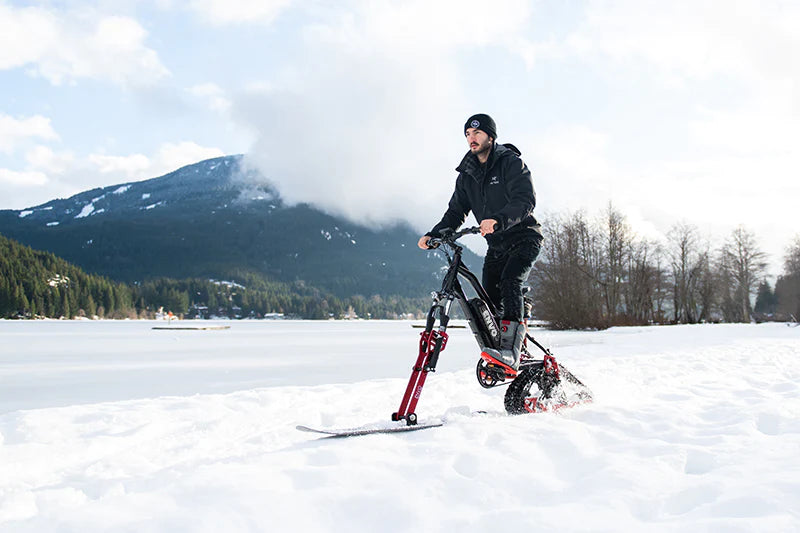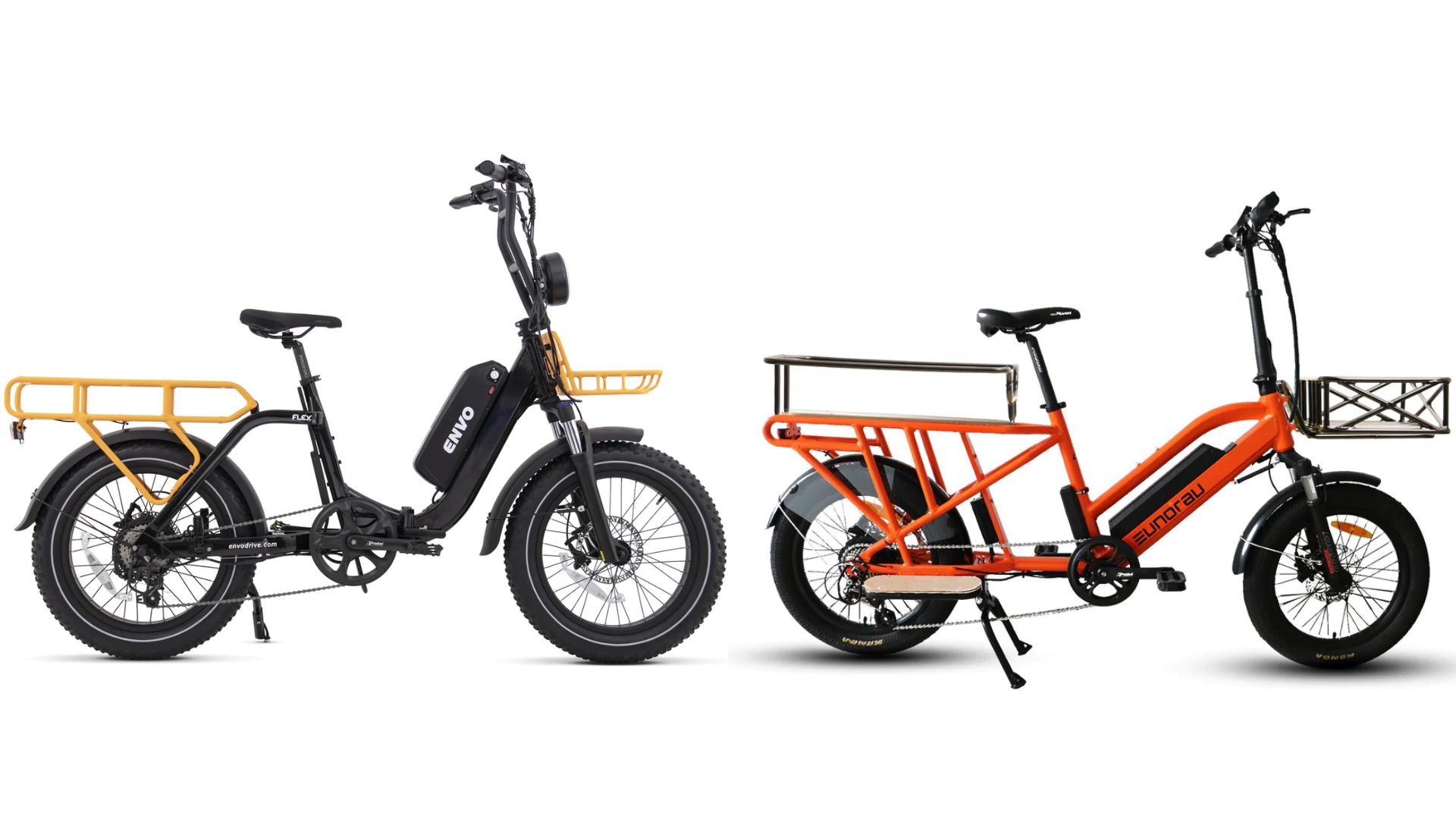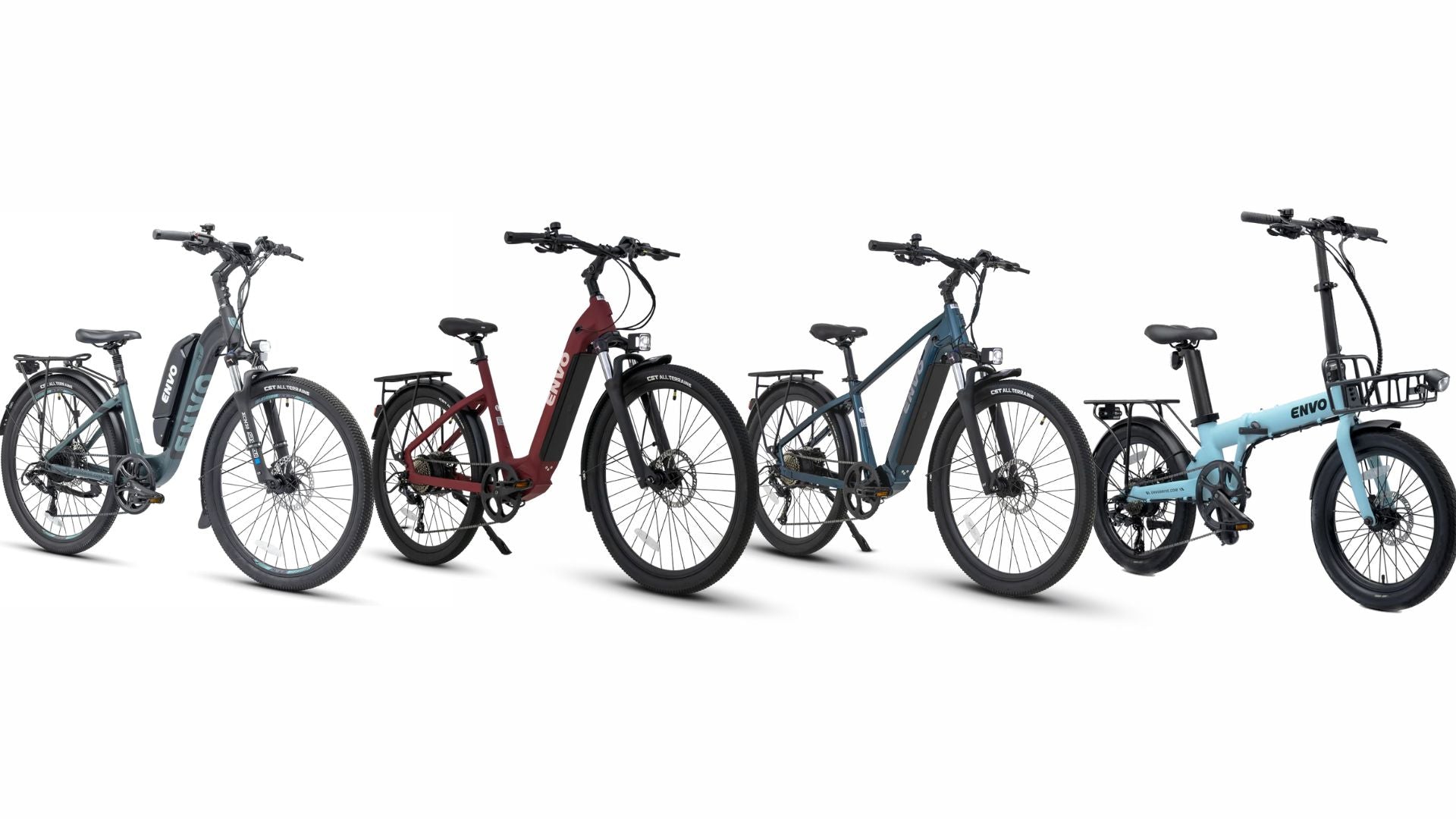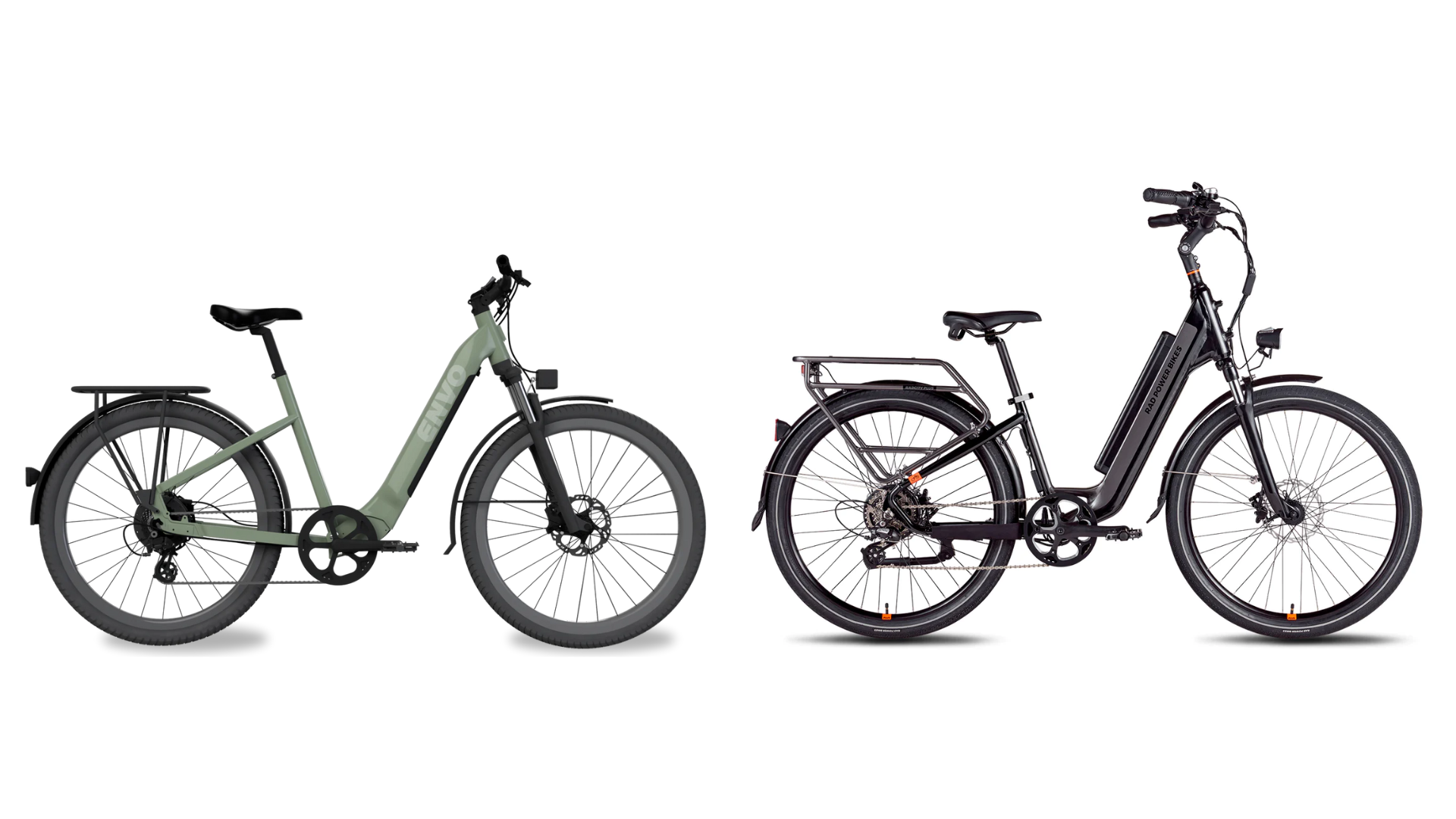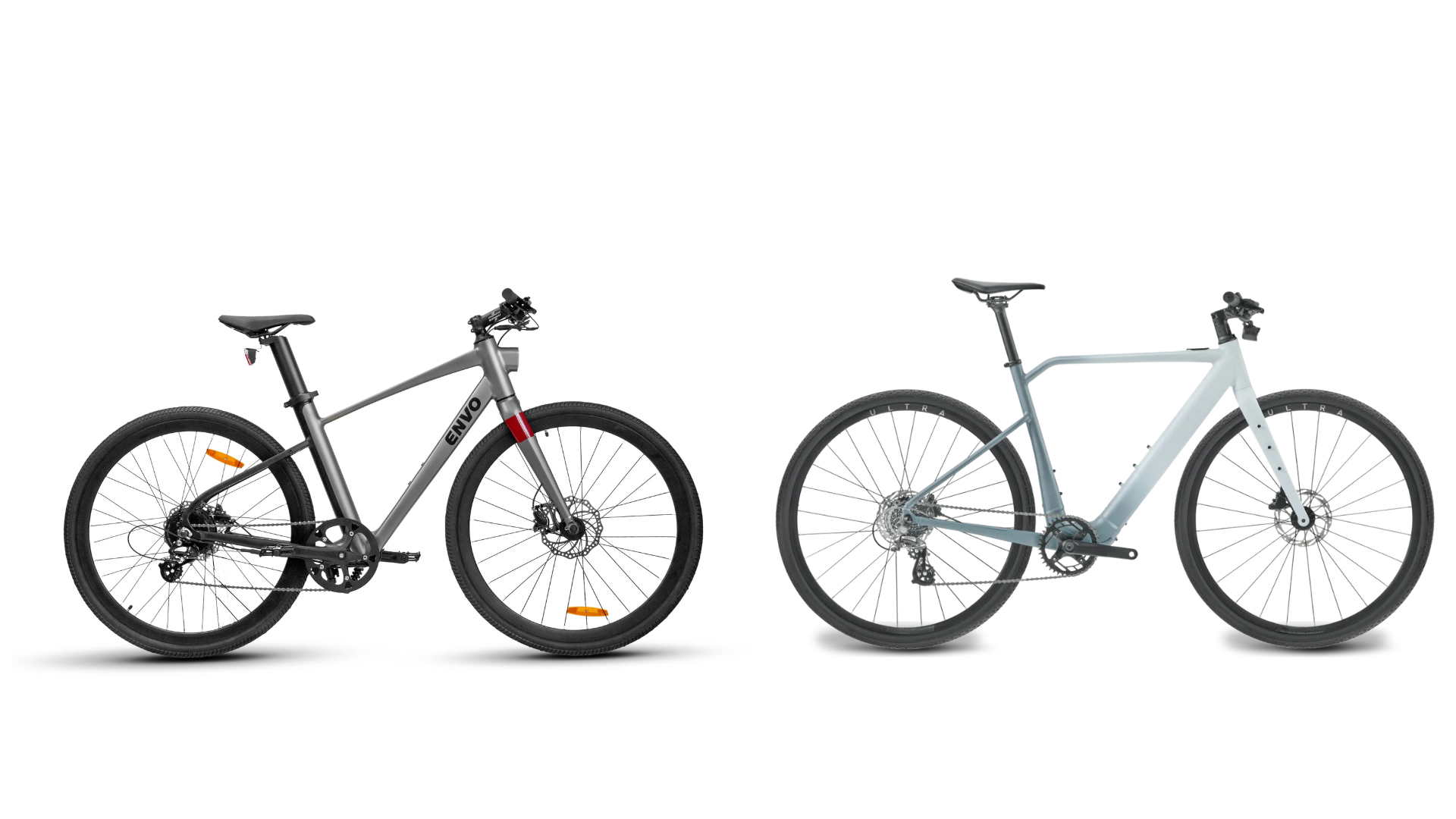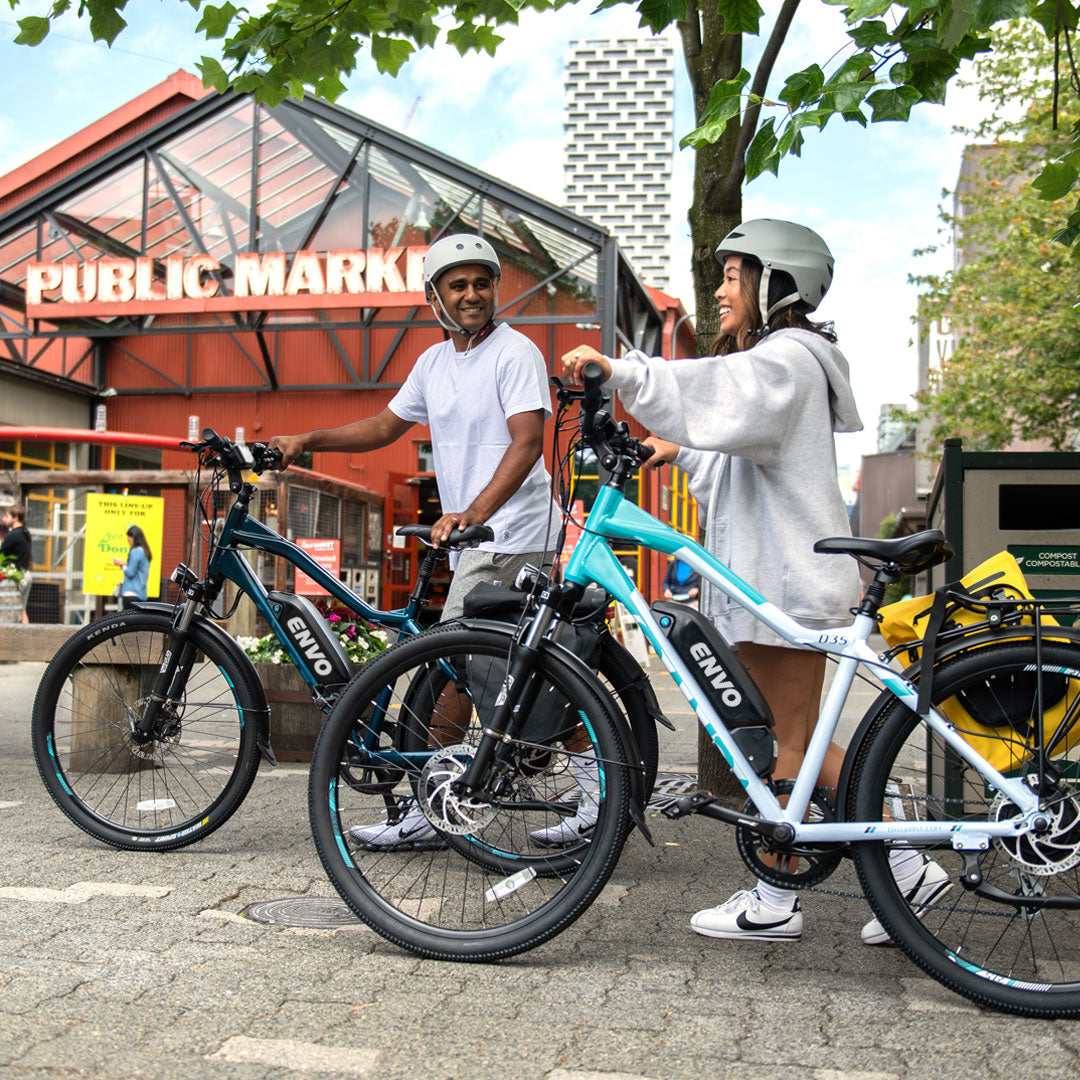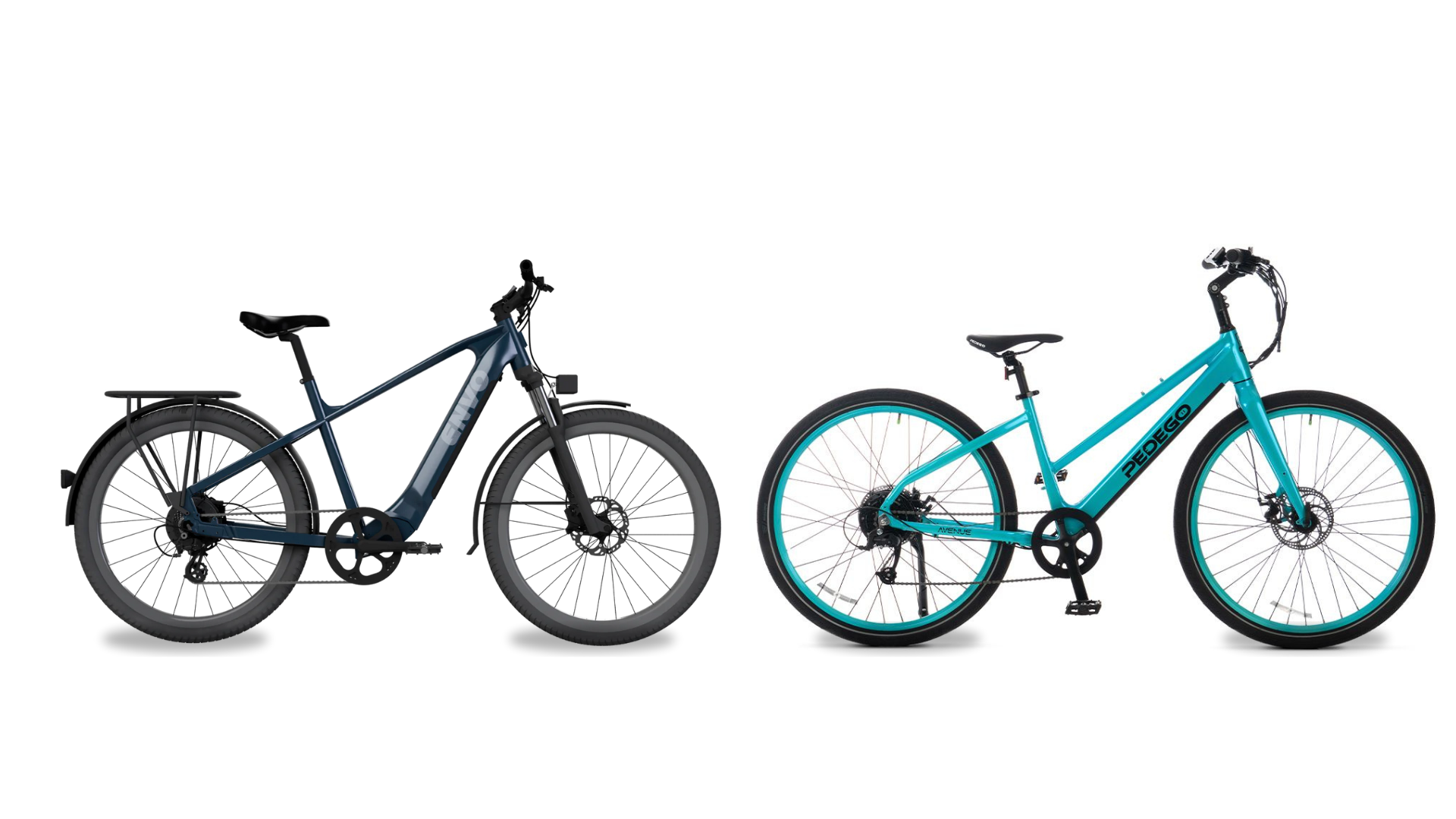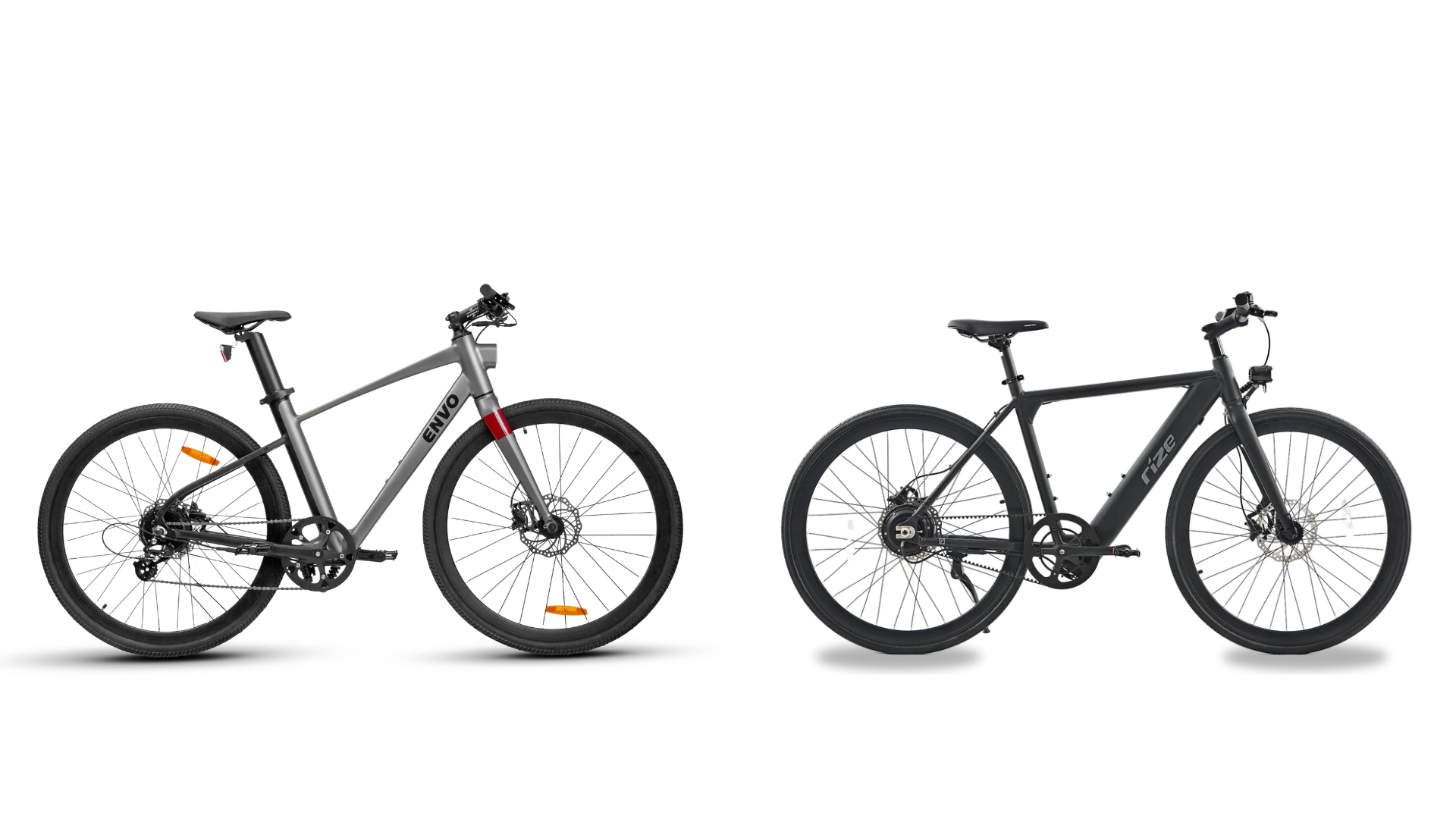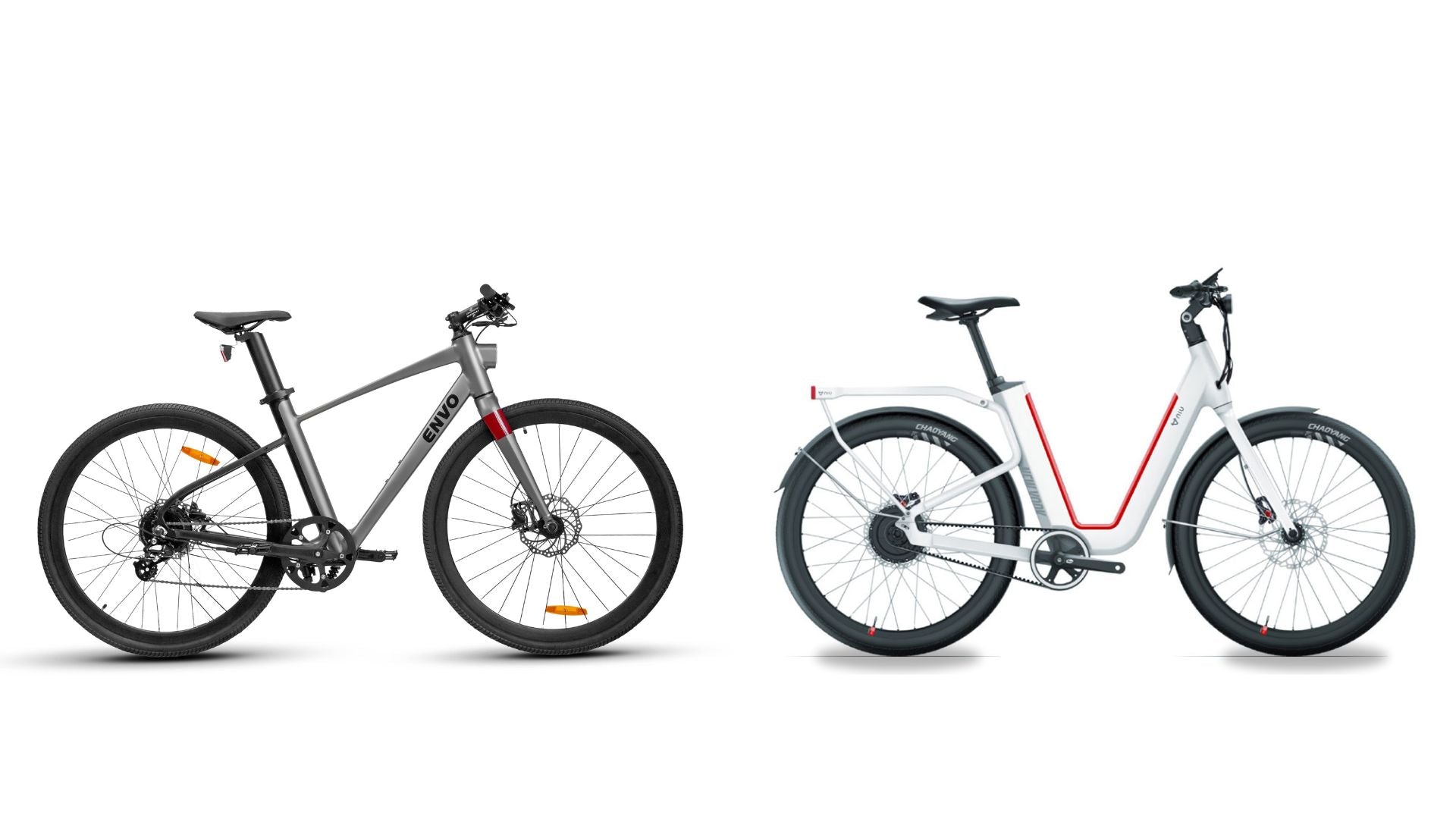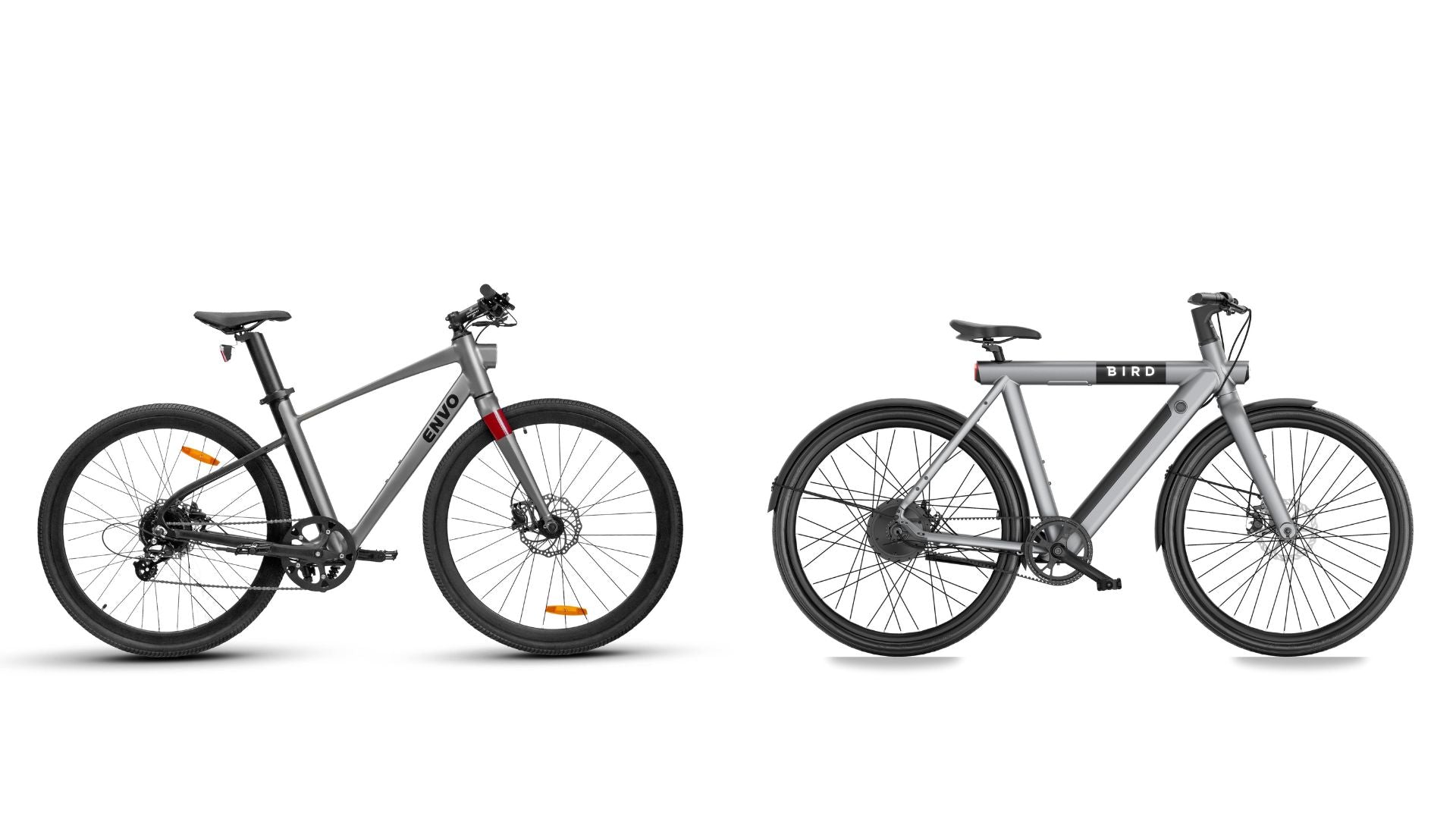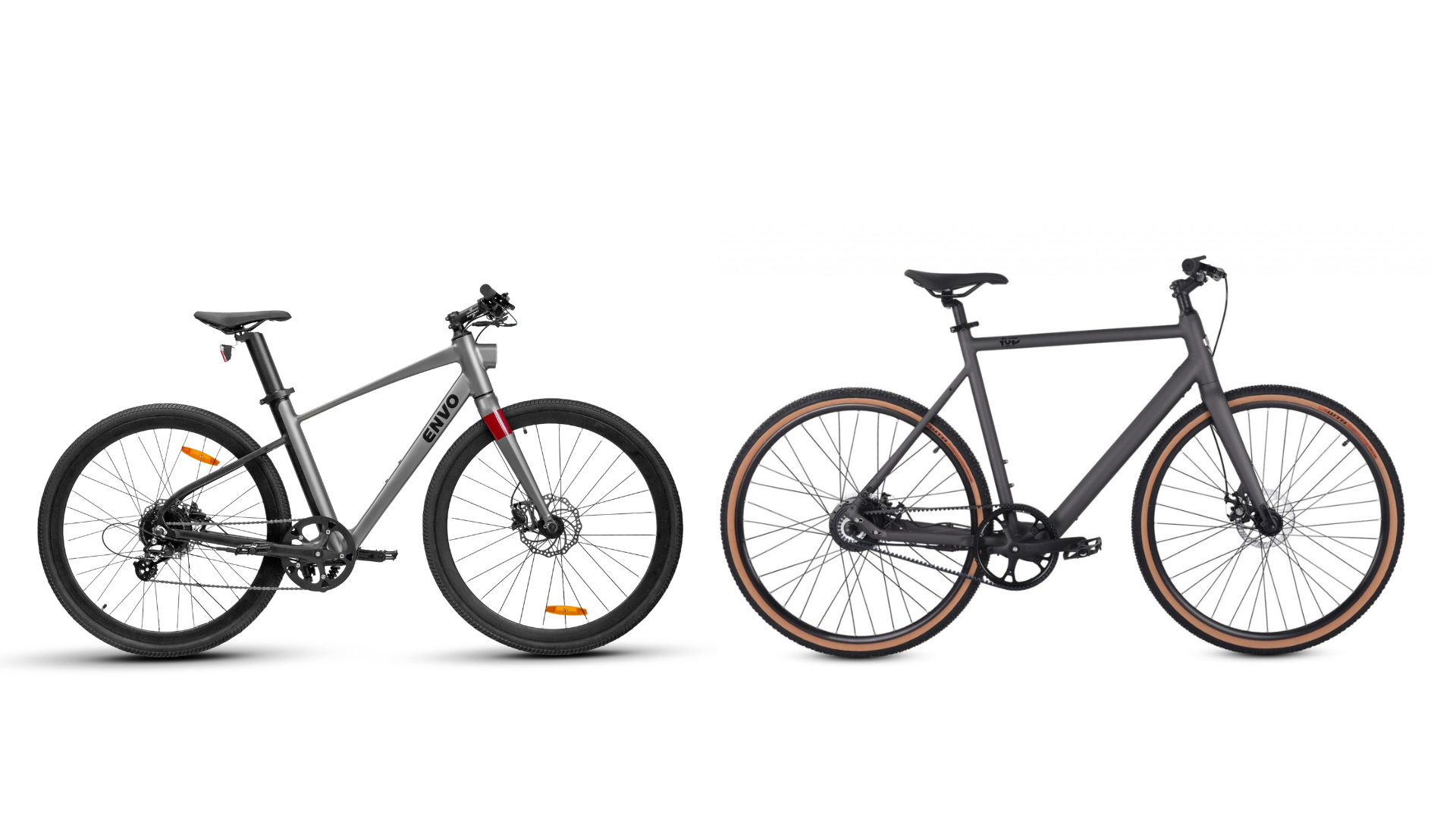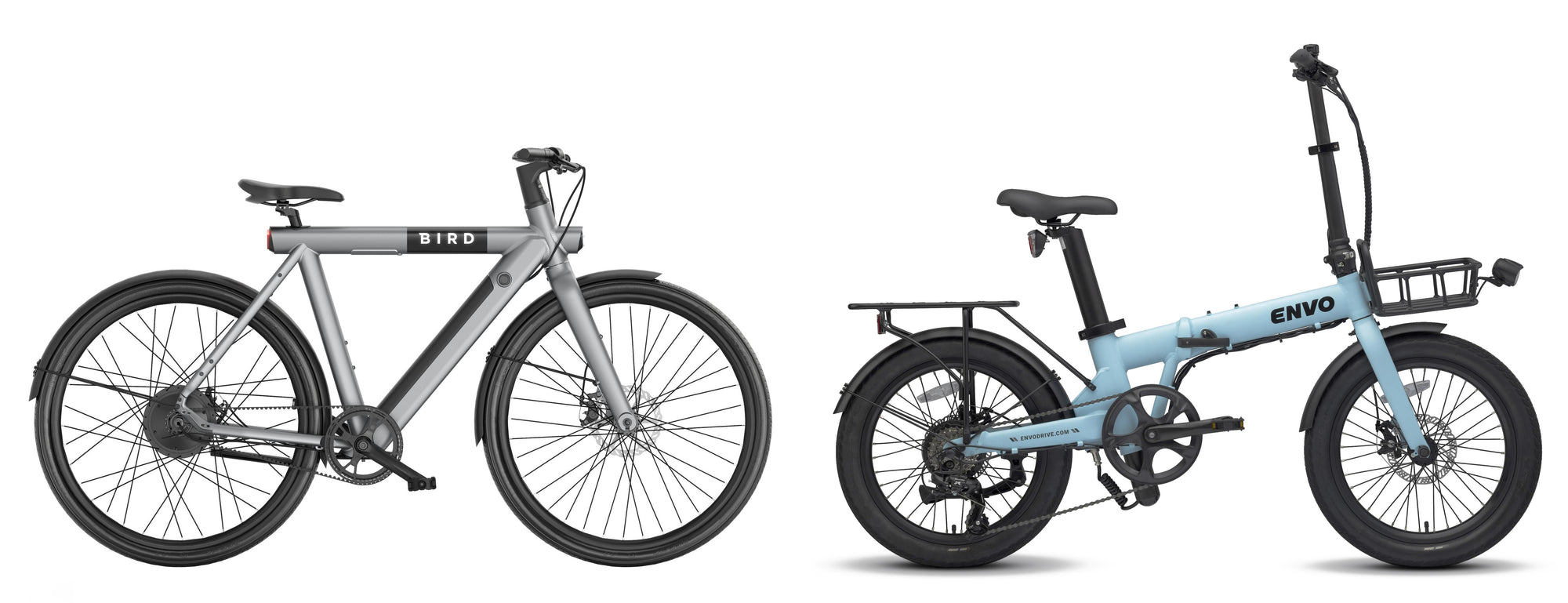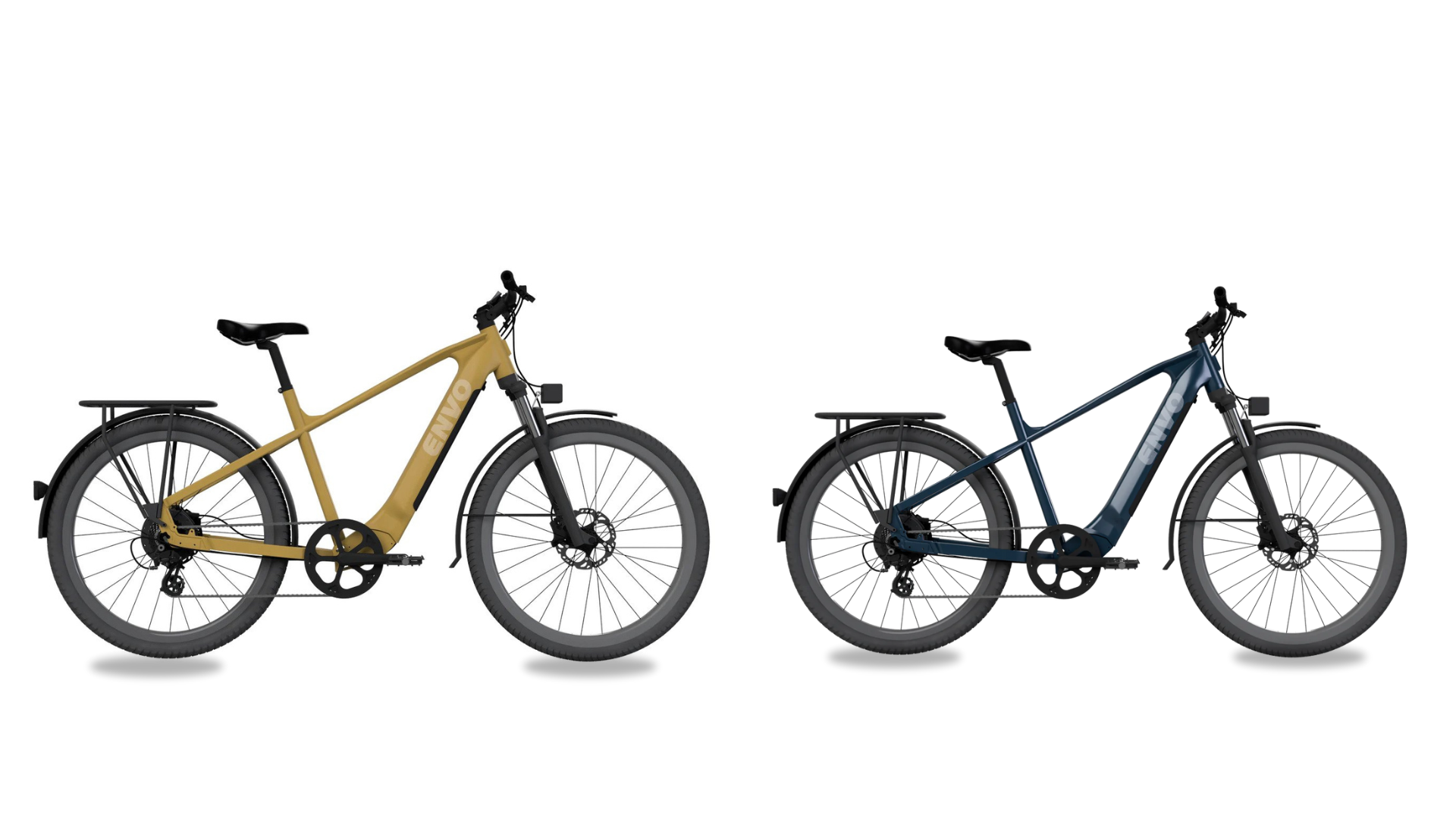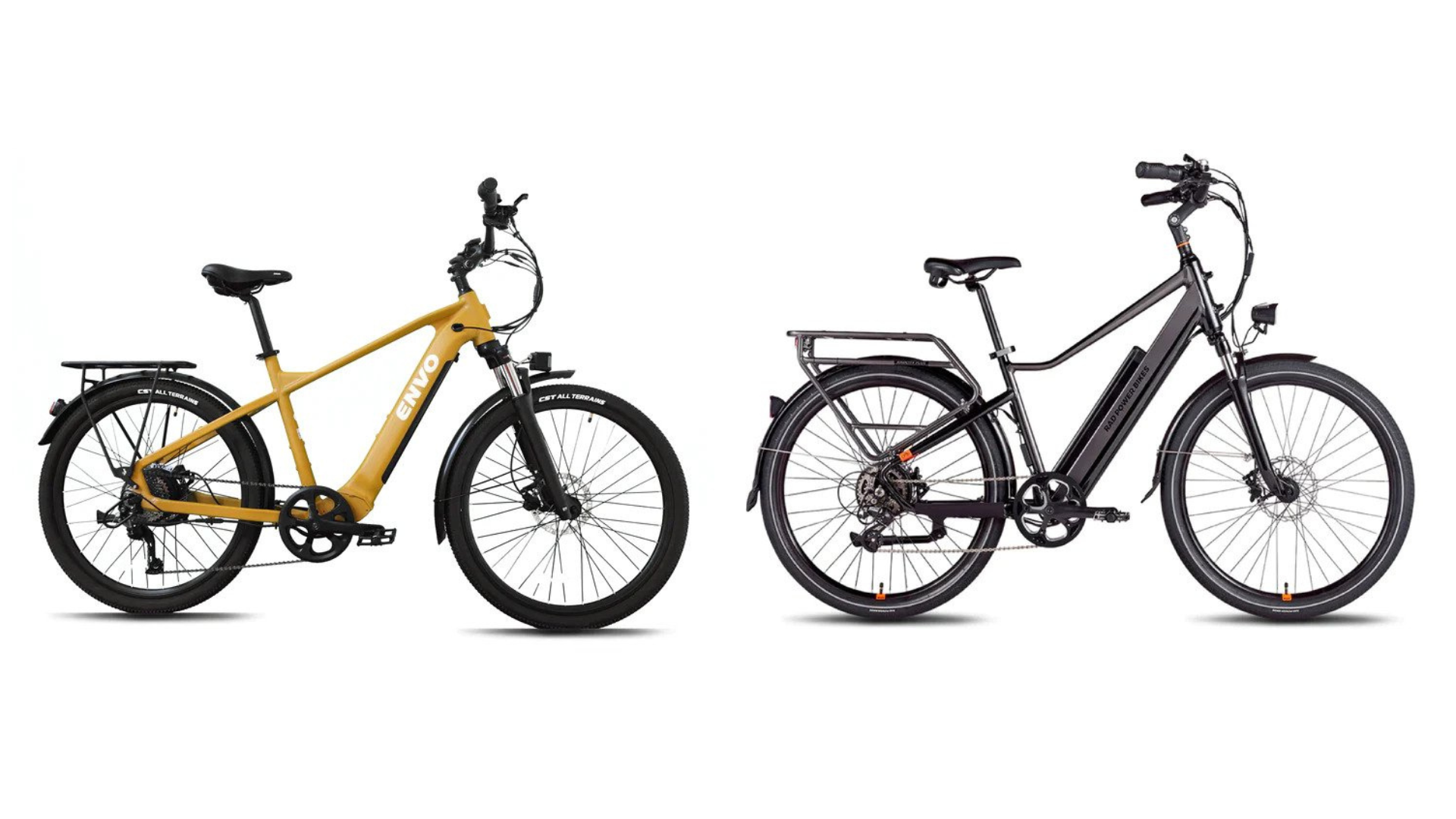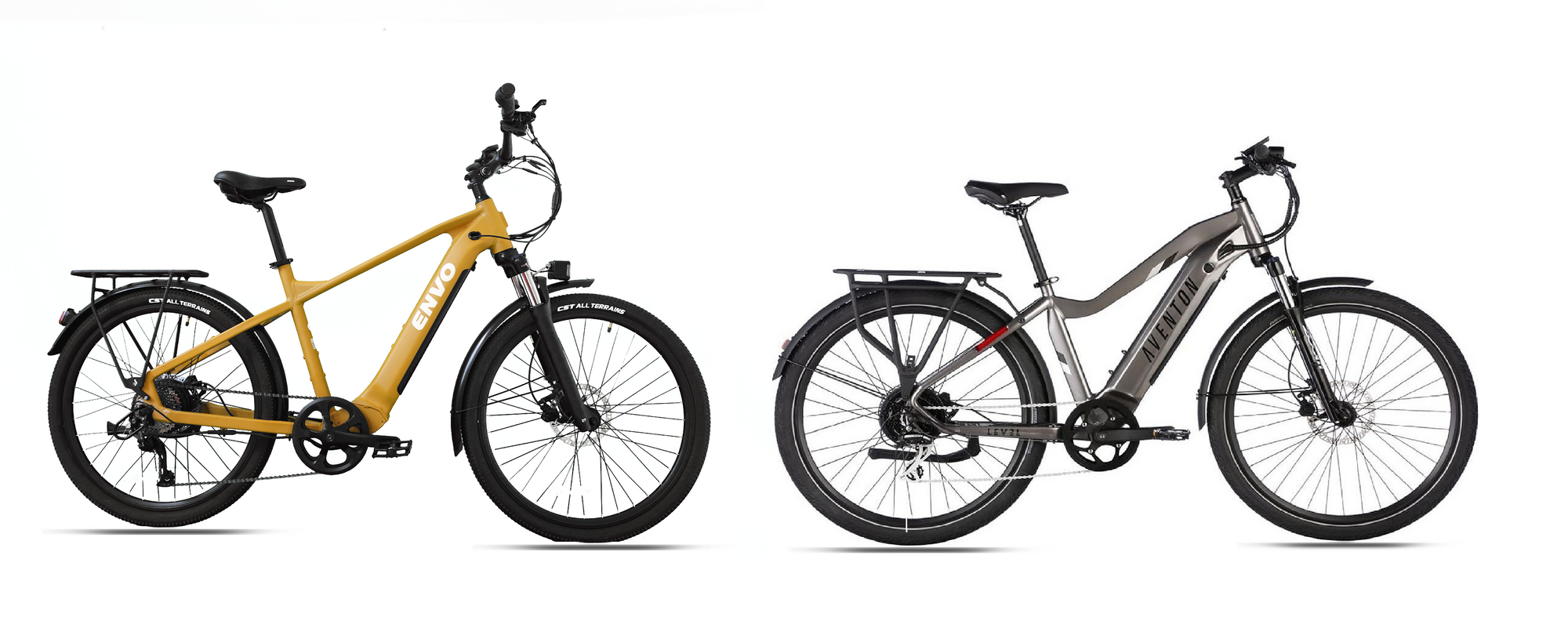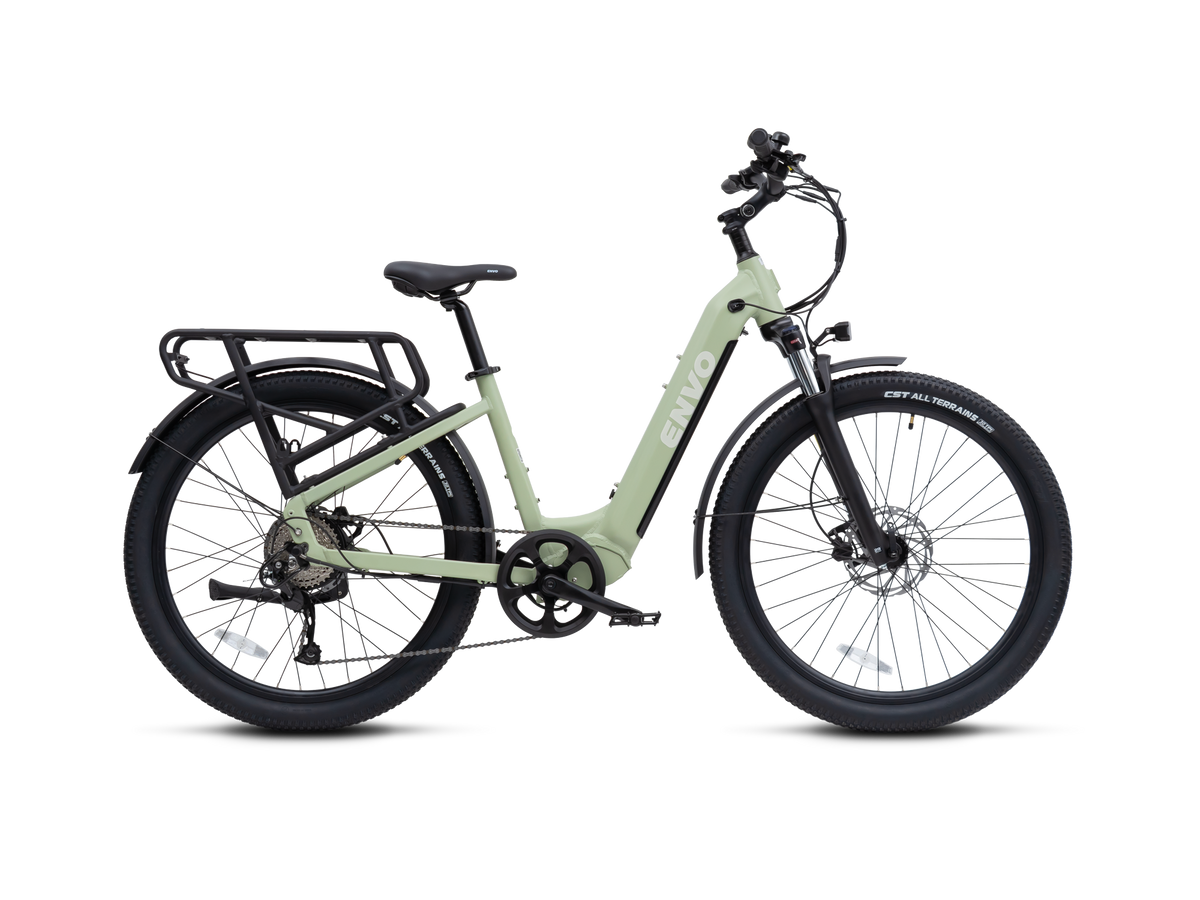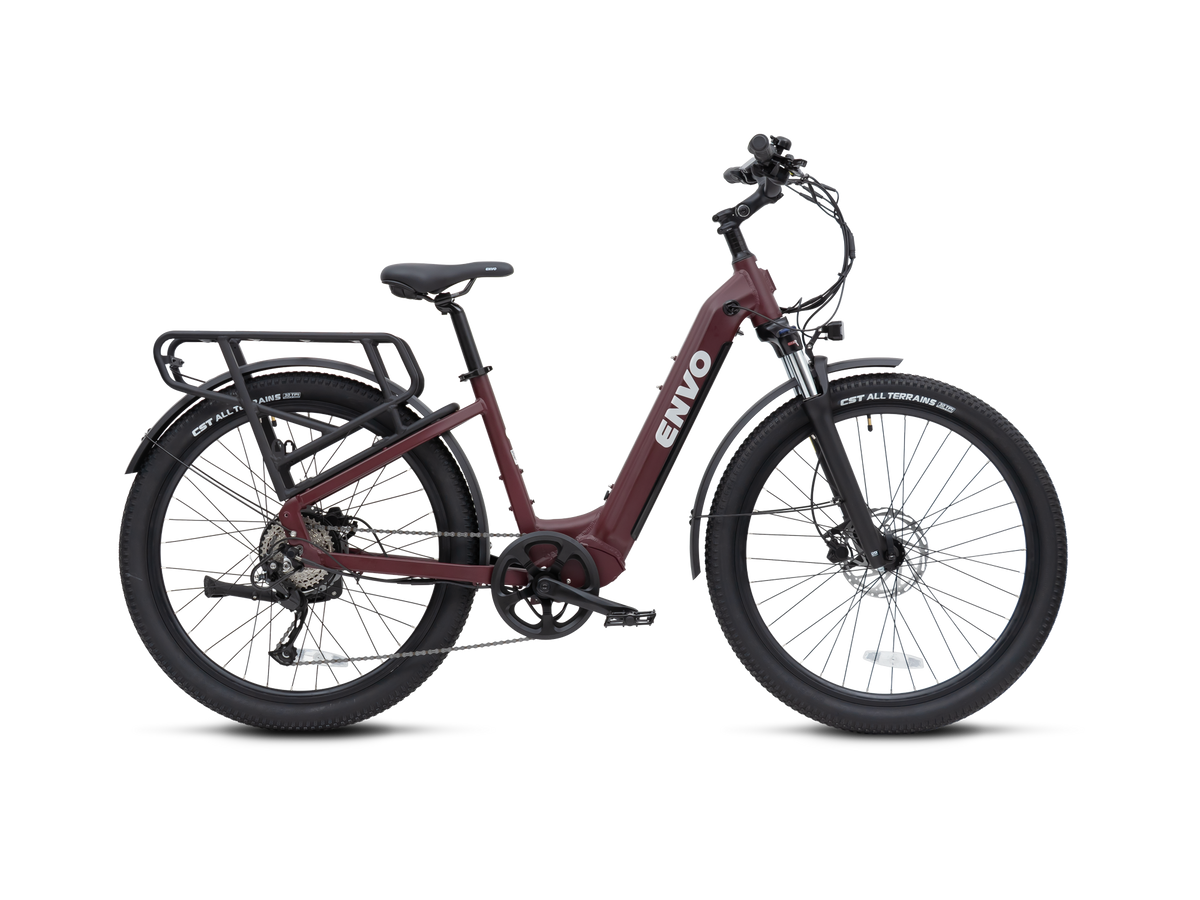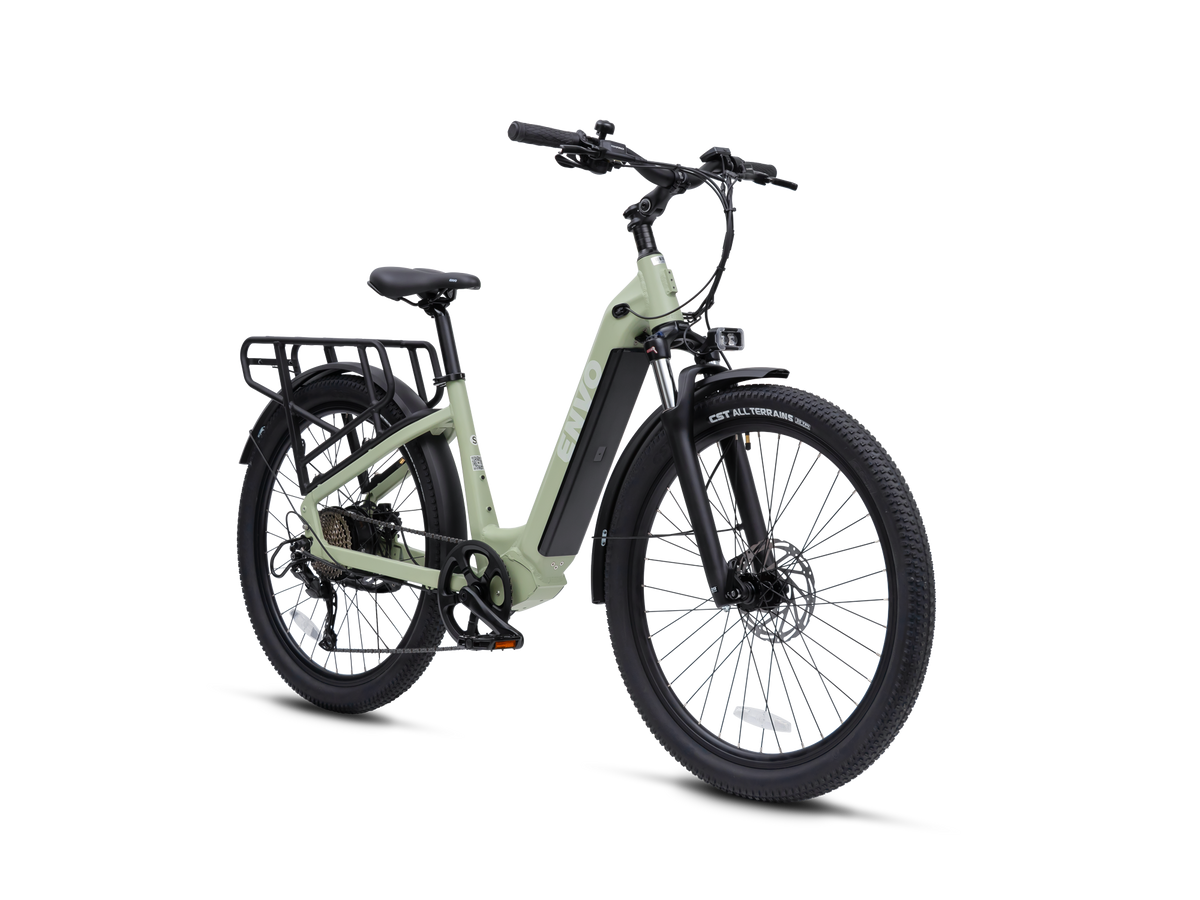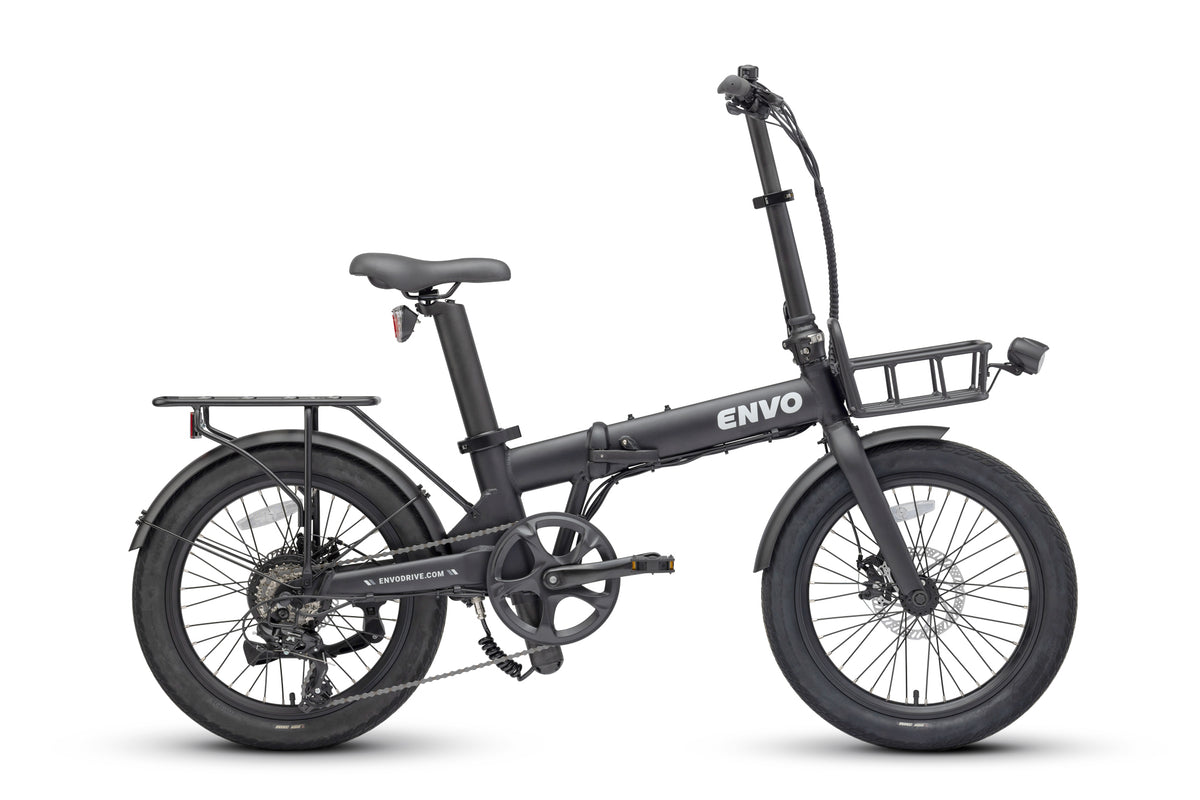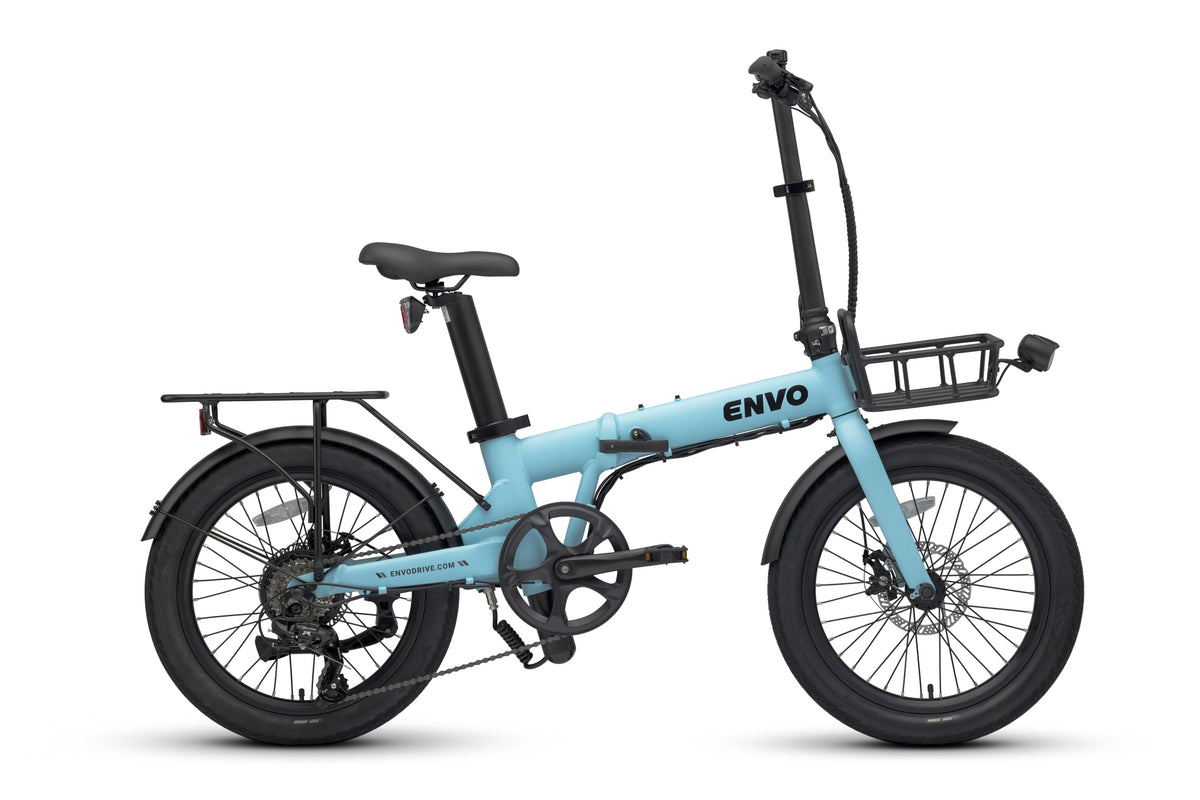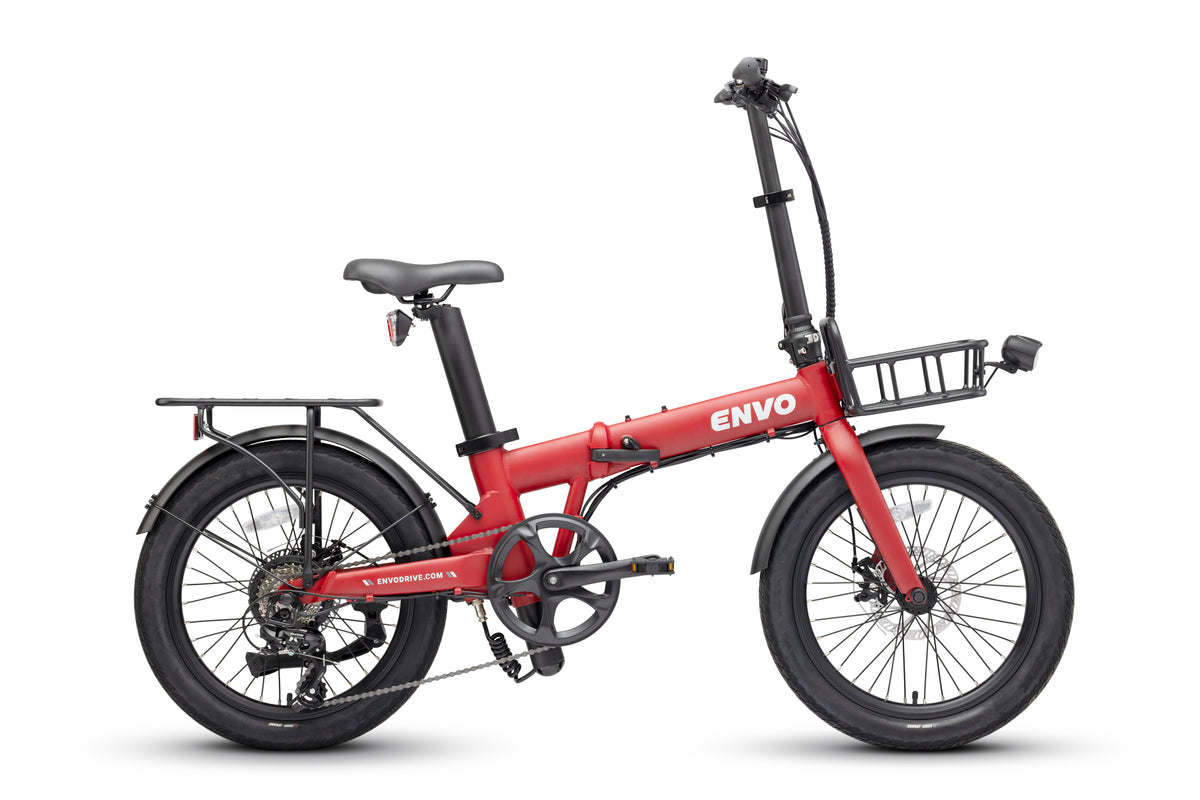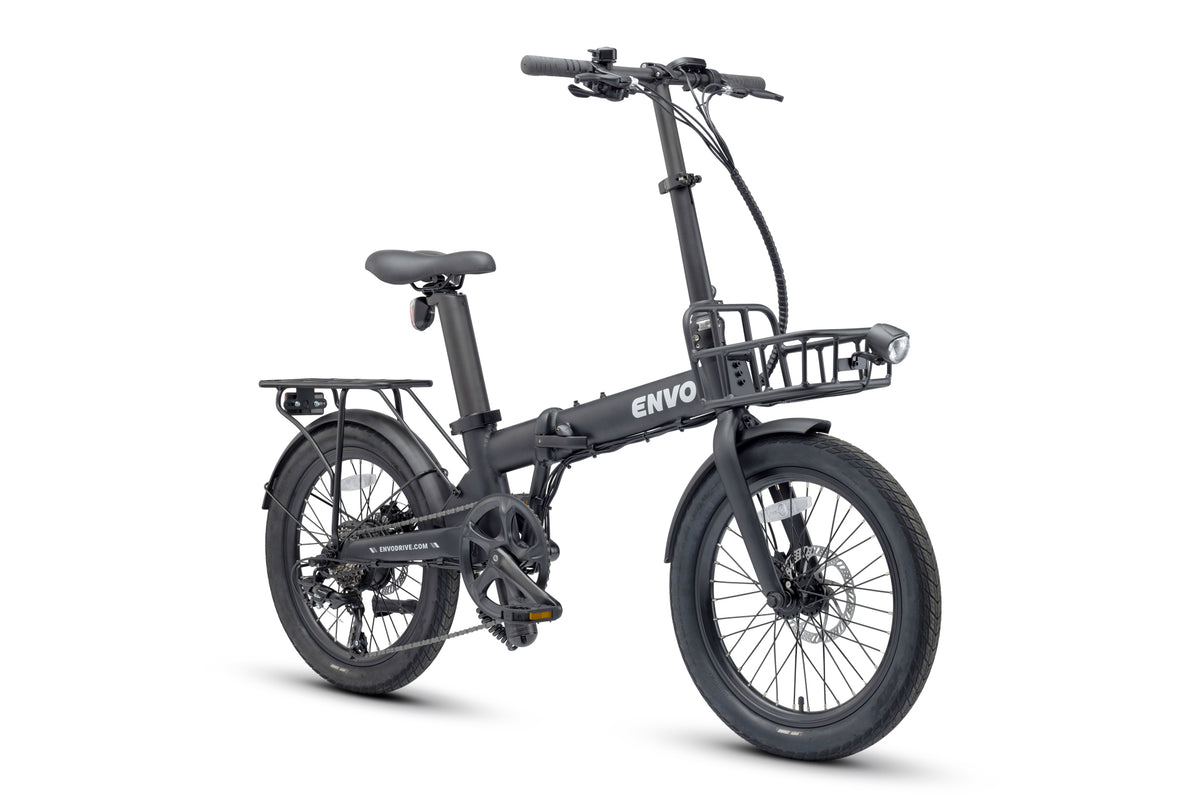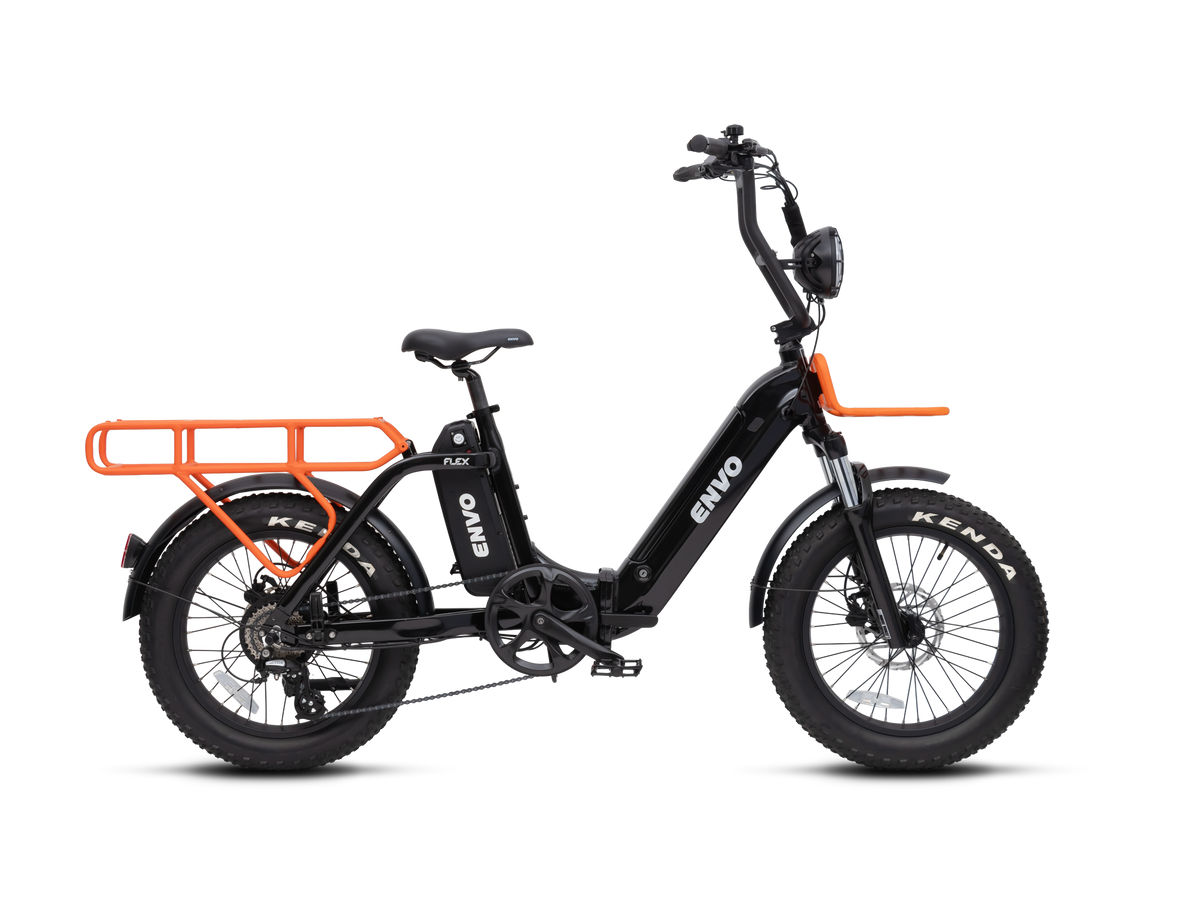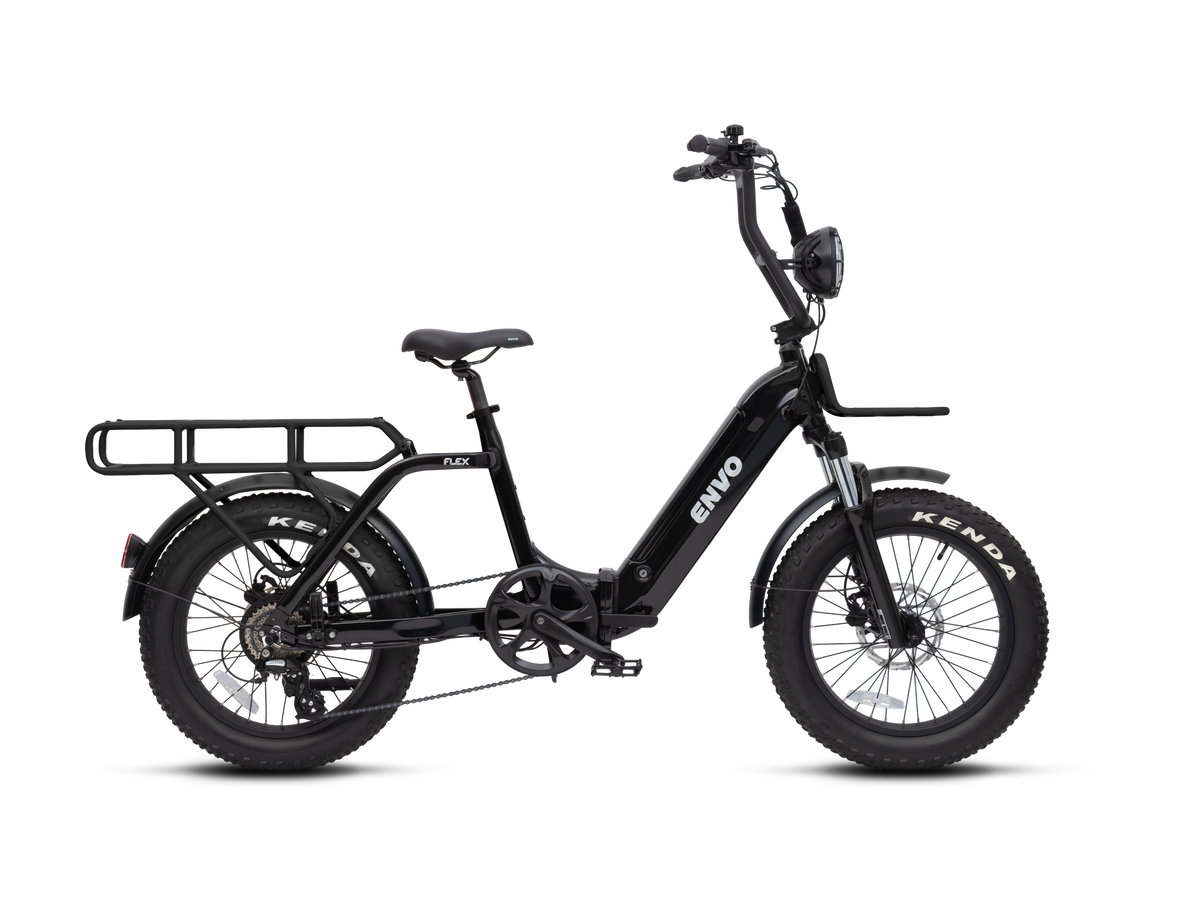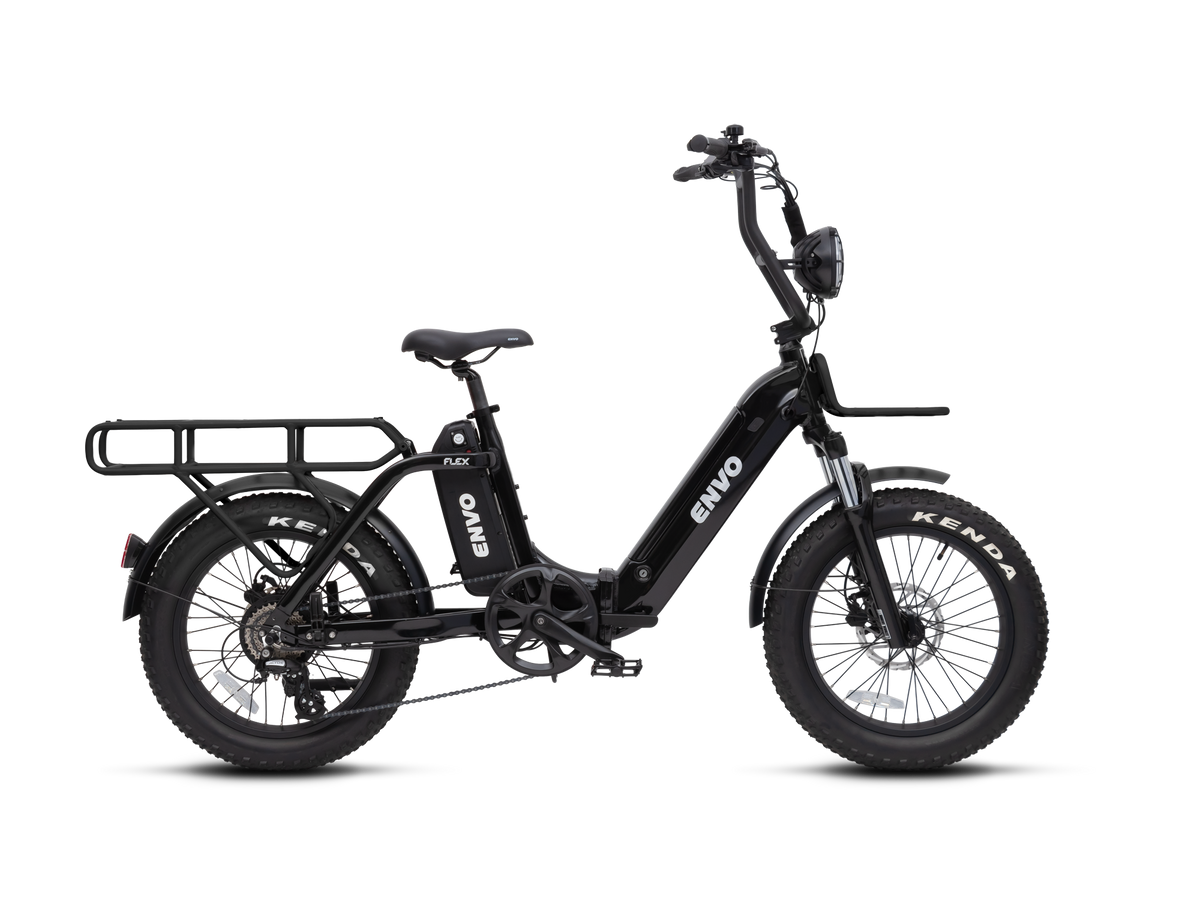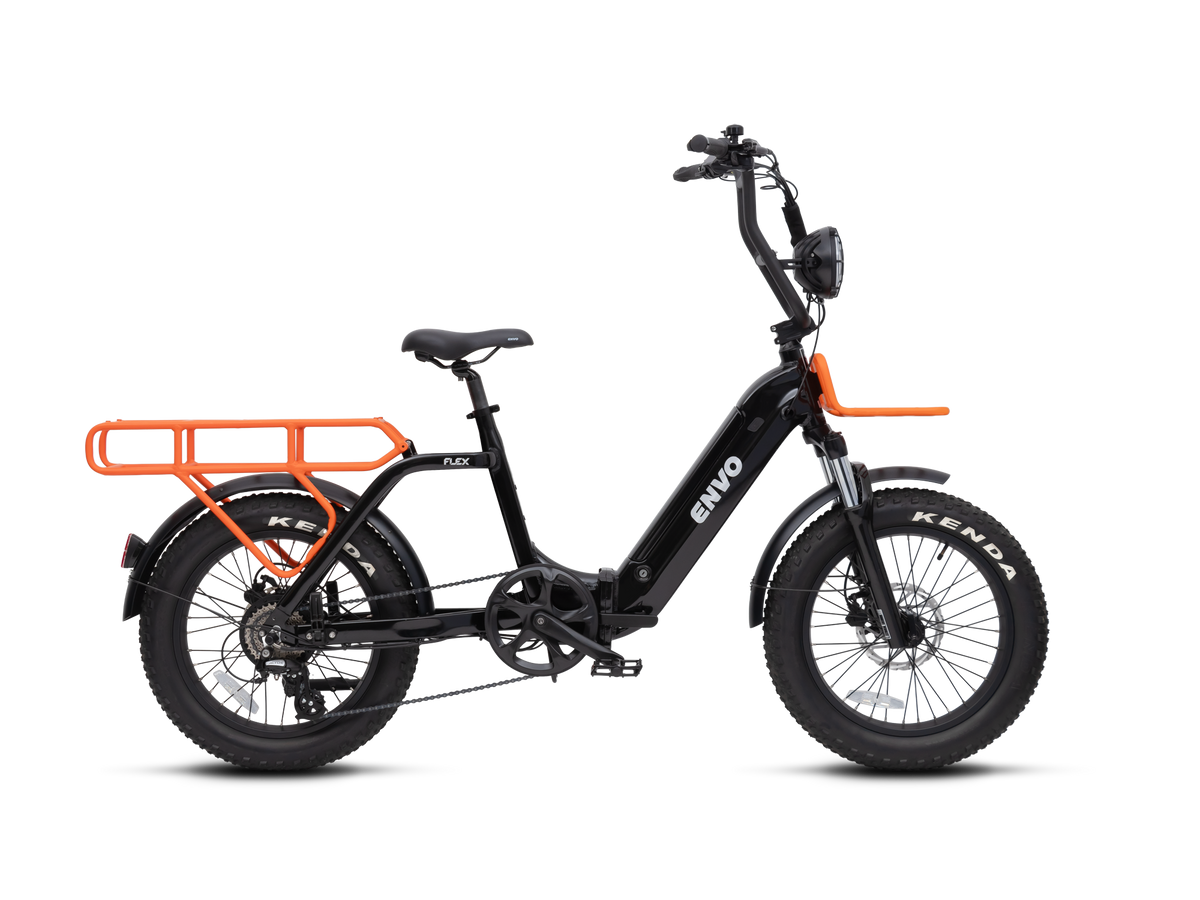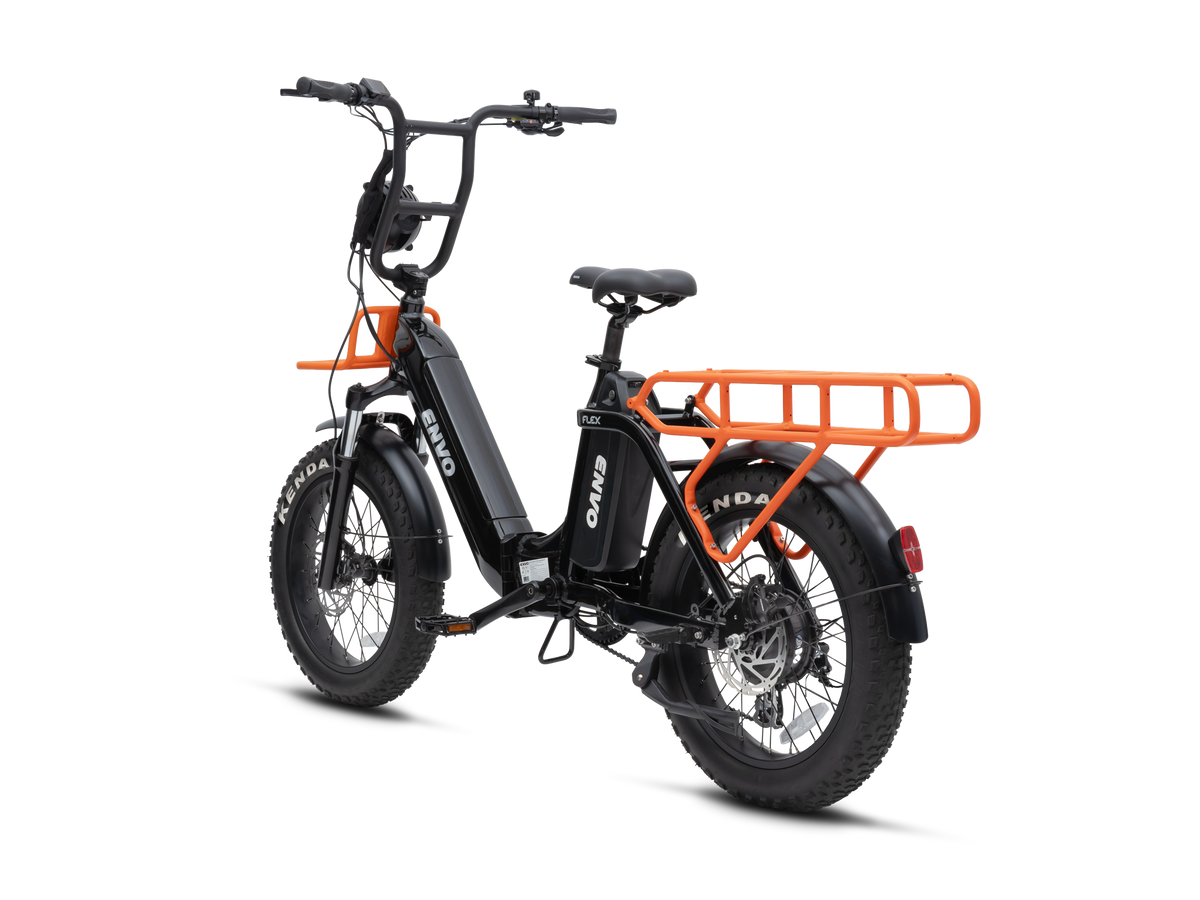Electric bicycles (e-bikes) are revolutionizing personal transport across Canada, offering a cost-effective, environmentally friendly alternative to cars, especially in cities and for short-distance commuting. However, with the growing popularity of e-bikes, legal guidelines have emerged to ensure their safe and appropriate use. Understanding these regulations is crucial to enjoy your e-bike legally and responsibly in Canada.
If you are in the market for your first electric bicycle or already have one and are trying to figure out the rules for using it, here are some tips and tricks about owning an e-bike. In this blog, at EbikeBC we will answer the most popular "e-bike law questions," explain the difference between Class 1, 2, and 3 electric bikes in Canada, and explain how power and speed are regulated in electric bicycles.
Background in regulations
In Canada, electric bicycles are regulated under the Motor Vehicle Act and Motor Assisted Cycle Regulations.
Key Regulations Governing E-Bikes in Canada
The rules governing e-bikes in Canada vary by province, but there are general federal guidelines that define what constitutes a legal e-bike. Understanding these fundamental requirements will help you stay compliant and avoid legal issues.
1. Power Limits and Speed Caps
- Maximum Power Output: In Canada, the motor of an e-bike must not exceed 500 watts. If the power exceeds this limit, the bike is classified as a motor vehicle and requires licensing and insurance.
- Top Speed: The maximum speed limit for an e-bike is 32 km/h (about 20 mph) on flat terrain, without pedal assistance. Exceeding this speed reclassifies the e-bike as a motor vehicle.
2. Throttle-Operated E-Bikes
- Throttle Regulations: Some provinces restrict or limit throttle-activated e-bikes. Generally, a throttle-operated e-bike that does not exceed the 32 km/h speed limit and has pedal-assist capability can still be classified as an e-bike. However, in certain areas, throttles are prohibited altogether, so it’s essential to check specific provincial and municipal rules.
3. Pedal Requirement
- Pedals and Pedal-Assist: Canadian law requires that e-bikes have fully operable pedals. This design element differentiates e-bikes from electric scooters or mopeds, ensuring that riders can pedal if necessary and encouraging physical activity.
4. Licensing and Insurance
- No License Needed: For standard e-bikes that meet Canadian federal requirements (500-watt motor, 32 km/h speed cap), no driver’s license, insurance, or registration is required.
- Licensing for High-Power E-Bikes: If an e-bike surpasses the legal power or speed limits, it becomes a motor vehicle, necessitating a driver’s license, registration, and insurance.
5. Safety Standards
- Helmet Use: Helmets are mandatory for e-bike riders across most Canadian provinces. While the specific type of helmet may vary by province, wearing one is generally required to avoid fines and ensure rider safety.
- Other Safety Features: Federal regulations often require e-bikes to have functioning lights, reflectors, and a horn or bell for visibility and safety, especially when riding at night or in low-light conditions.
Classifications of E-Bikes
In, electric bikes are often classified into three main categories based on their features:
-
Class 1 E-Bikes: Pedal-assist only, with no throttle option, and a maximum speed of 32 km/h. These e-bikes are often allowed on bike paths, multi-use trails, and roads.
-
Class 2 E-Bikes: Include pedal-assist and throttle options, also capped at 32 km/h. Throttle-only riding may have additional restrictions in certain provinces.
-
Class 3 E-Bikes: Typically have higher speed capabilities but are limited in Canada to maintain the 32 km/h cap. This class is considered a motorcycle, so it needs a license and insurance.
Provincial Variations in E-Bike Laws
While federal laws provide a general framework, individual provinces have unique regulations, which impact where and how you can ride. Here’s an overview of a few key provincial distinctions:
-
British Columbia: Classifies e-bikes as “motor-assisted cycles.” Riders must be at least 16 years old, wear a helmet, and avoid using e-bikes on certain park trails.
-
Ontario: E-bikes are legally classified as bicycles if they meet the standard speed and power restrictions. Ontario requires riders to be at least 16 and mandates helmet use.
-
Alberta: Permits e-bikes on public roads and shared pathways but restricts them from sidewalks. Riders must be over 12, and helmets are mandatory for those under 18.
-
Quebec: Allows e-bikes to be used on bike paths and trails, provided they do not exceed the speed and power limits. Helmets are required, and riders must be at least 14 years old.
Additional Regulations for E-Bike Riders in Quebec (2024 Update)
The recent Order 2024-15 by Quebec’s Minister of Transport and Sustainable Mobility provides further restrictions on certain two- or three-wheeled vehicles that resemble motorcycles or mopeds. This order, effective as of July 30, 2024, aims to enhance road safety and applies the following limitations:
-
Prohibited Vehicles: The order restricts two- or three-wheeled vehicles with the appearance of motorcycles or mopeds if they lack a national safety mark or compliance label per the Motor Vehicle Safety Act. Additionally, vehicles with any of the following characteristics are prohibited:
- Footrests or a platform for the driver's feet.
- Tires and wheels similar to those on motorcycles or mopeds.
- A partially or fully enclosed body without an adjustable saddle.
- An engine enabling speeds over 32 km/h or with a power rating exceeding 500 watts.
-
Exemptions: The following vehicles are exempt from this order:
- Motorcycles and mopeds manufactured before January 1, 1971.
- Vehicles bearing safety certification marks from the U.S. or Mexico.
- Older motorcycles and mopeds (15 years or more) with international safety certifications.
- Handmade motorcycles with inspection certificates from Quebec’s Société de l’assurance automobile (SAAQ).
- Off-highway vehicles.
- Vehicles permitted by specific orders under the Highway Safety Code.
-
Public Comment Period: Residents are encouraged to provide feedback on this regulation by submitting comments to the SAAQ within 90 days of the order's publication. This feedback period allows the public to express concerns or suggestions regarding these new rules.
This order enhances Quebec's existing e-bike regulations, reinforcing the focus on road safety and compliance.
It’s best to review your local municipal and provincial guidelines for specific restrictions on trails, parks, and other recreational areas. For example, some natural parks may ban e-bikes altogether, while others allow them under certain conditions.
Understanding the Ban on E-Bikes in Certain Trails and Parks
While e-bikes offer easy mobility and accessibility, some parks and trails restrict their use due to environmental and safety concerns. High-powered e-bikes can cause trail erosion, disturb wildlife, and pose risks to pedestrians and traditional cyclists. Be mindful of signs indicating whether e-bikes are allowed in specific areas and respect park rules to avoid fines and maintain trail integrity.
Practical Tips for E-Bike Riders in Canada
To ride your e-bike safely and legally in Canada, follow these practical guidelines:
-
Stay Informed: Always check local regulations, as e-bike laws can change and vary by city and province.
-
Observe Speed Limits: Keep your speed below the 32 km/h cap to stay within legal limits, especially in mixed-traffic areas.
-
Carry Identification: While a driver’s license isn’t necessary for compliant e-bikes, carrying ID can be helpful in case you need to clarify your bike’s classification.
-
Practice Safe Riding: Use bike lanes when available, signal your turns, and maintain safe distances from other vehicles and pedestrians.
-
Regularly Maintain Your E-Bike: Ensure that your e-bike’s lights, brakes, and reflectors are functional, especially if you ride at night or in poor weather.
-
Respect Local Trail and Park Rules: Familiarize yourself with park-specific rules, as some areas may restrict or completely ban e-bikes to preserve natural landscapes and ensure the safety of other visitors.
E-Bike Benefits in Canadian Cities
E-bikes offer transformative benefits for commuters, fitness enthusiasts, and eco-conscious riders across Canada. They are increasingly being recognized for their potential to reduce traffic congestion, lower emissions, and promote an active lifestyle. Moreover, e-bikes provide an accessible means of transportation for those who may not be able to ride traditional bikes over long distances or navigate steep hills without assistance. By following the legal guidelines, riders can maximize these benefits while ensuring safe and respectful use of public spaces.
Final Thoughts: Responsible Riding for a Sustainable Future
Owning and riding an e-bike in Canada comes with significant responsibilities to the community, other road users, and the environment. By adhering to legal guidelines and respecting local laws, e-bike riders contribute to safer roads and more sustainable cities. Electric bicycles are not only a convenient and efficient way to travel; they also represent a positive shift towards greener transportation in Canada. Whether you're a new e-bike owner or a seasoned rider, staying informed and responsible ensures a smooth and enjoyable experience on Canadian roads and trails.

